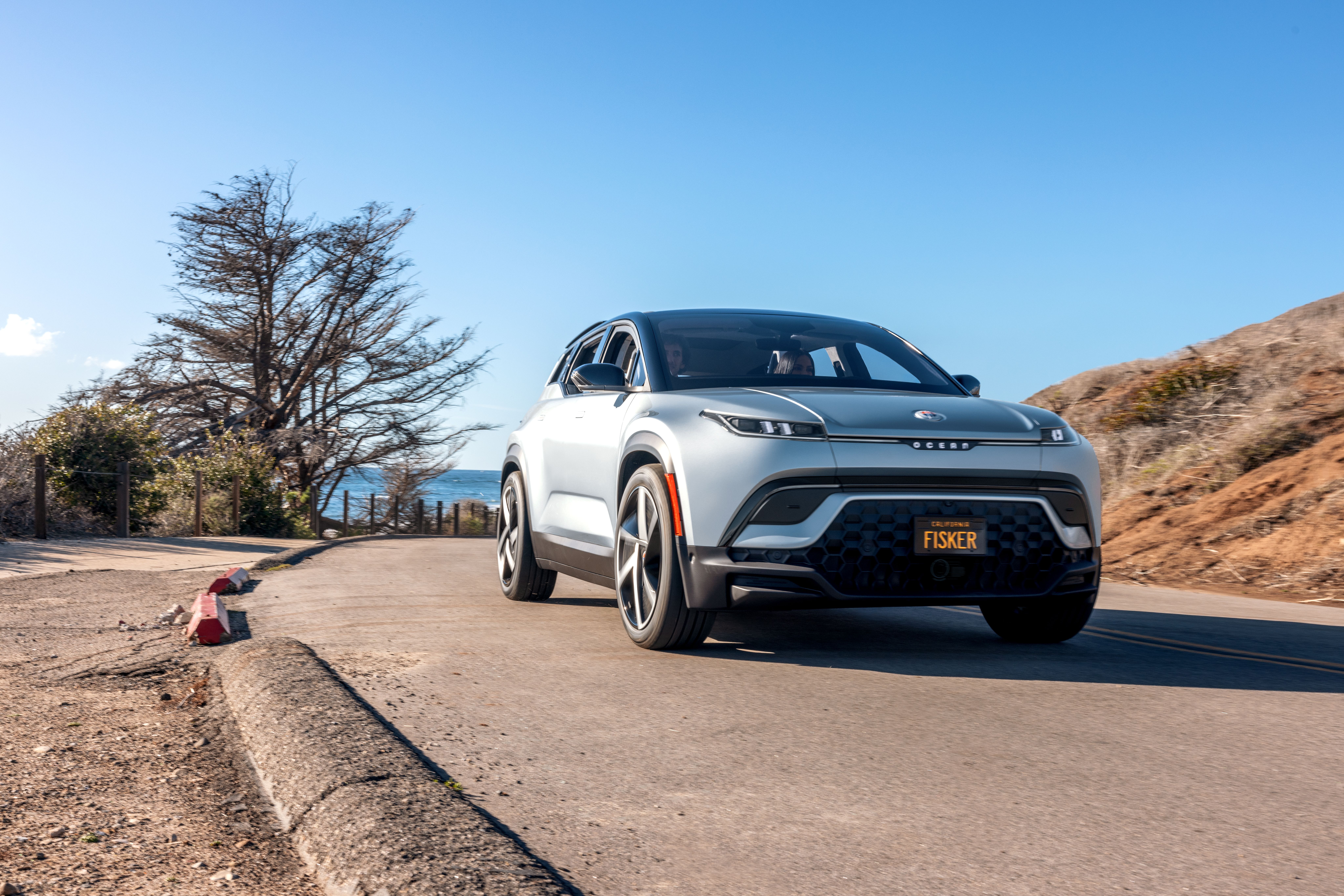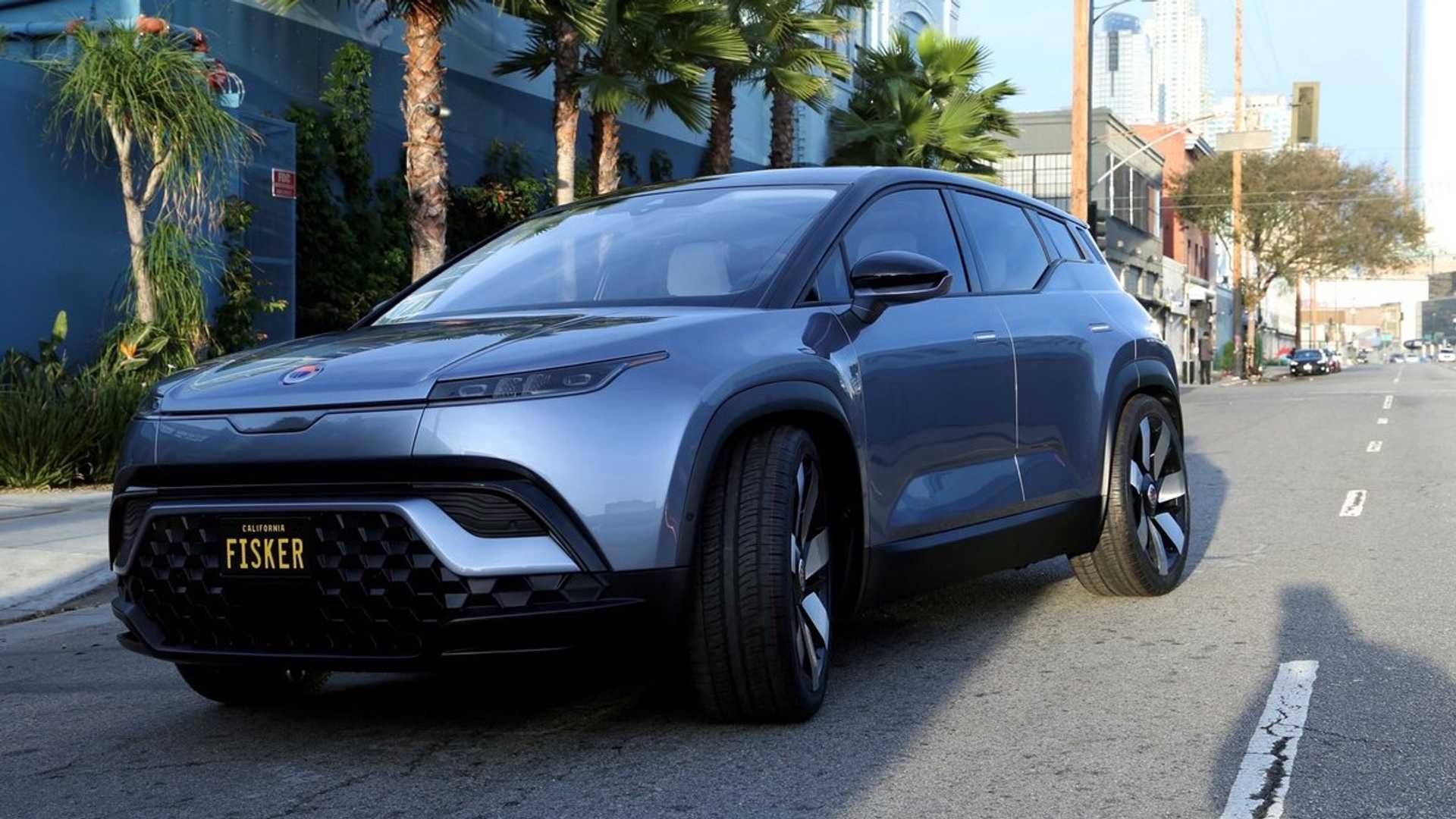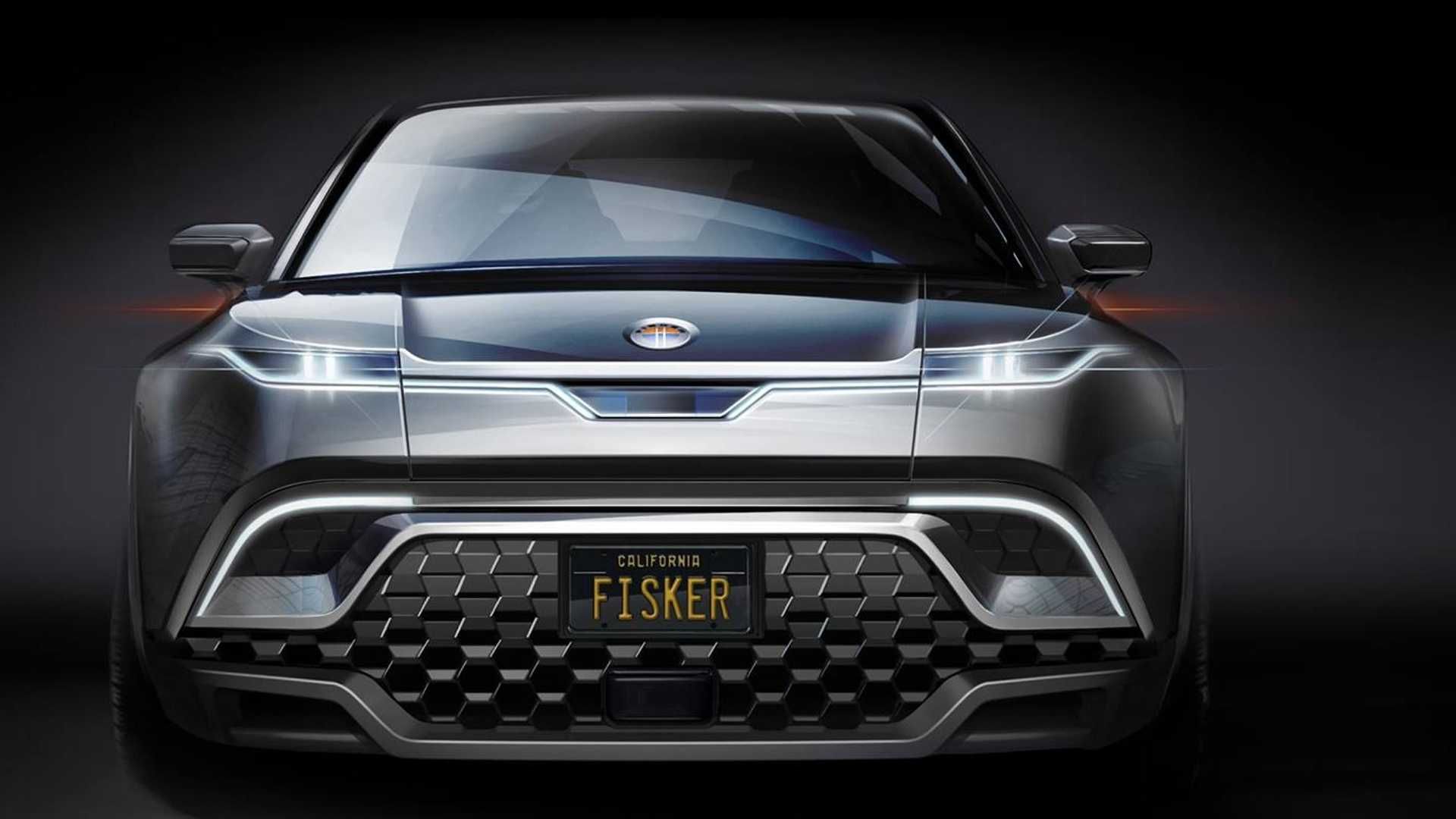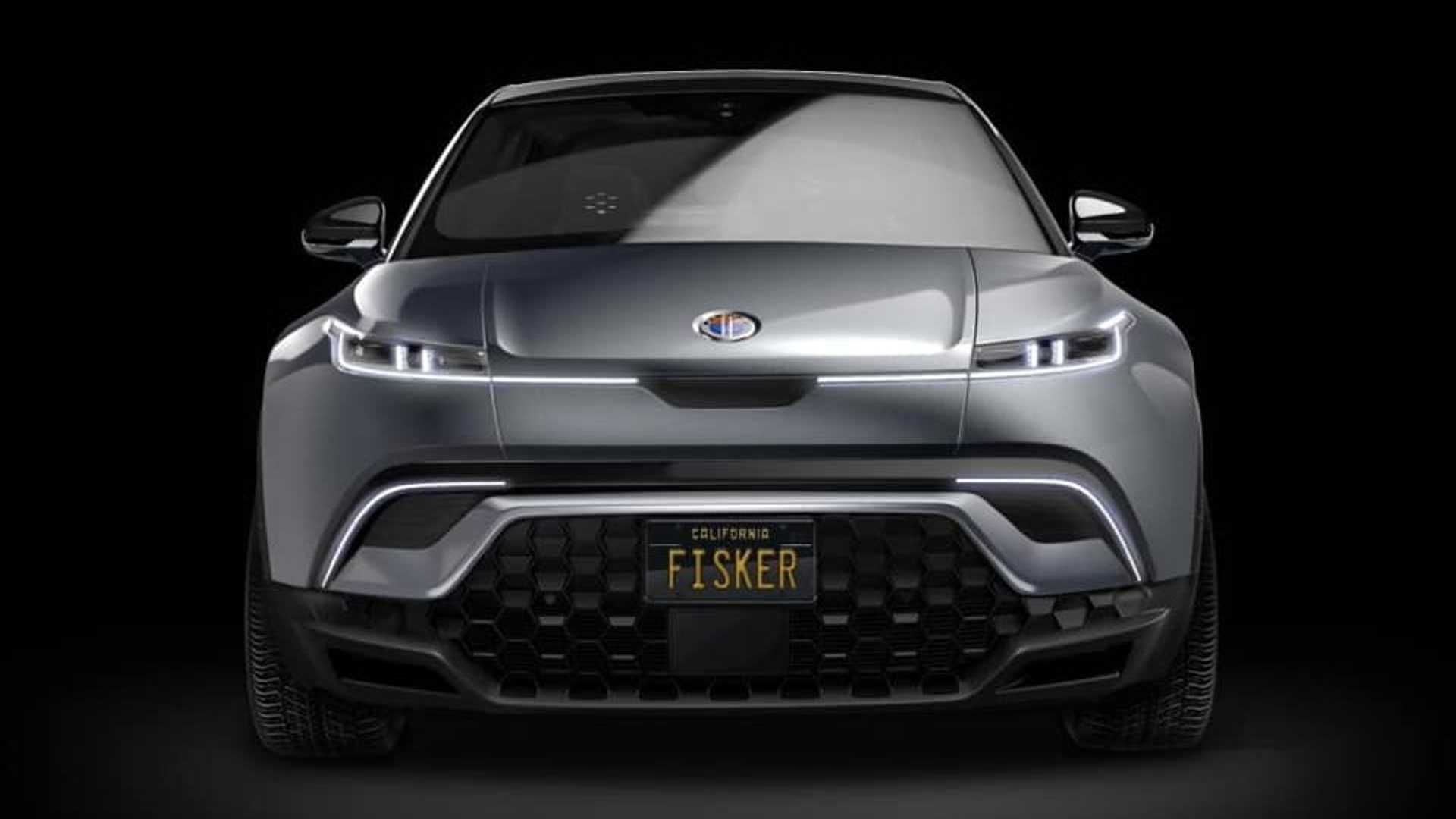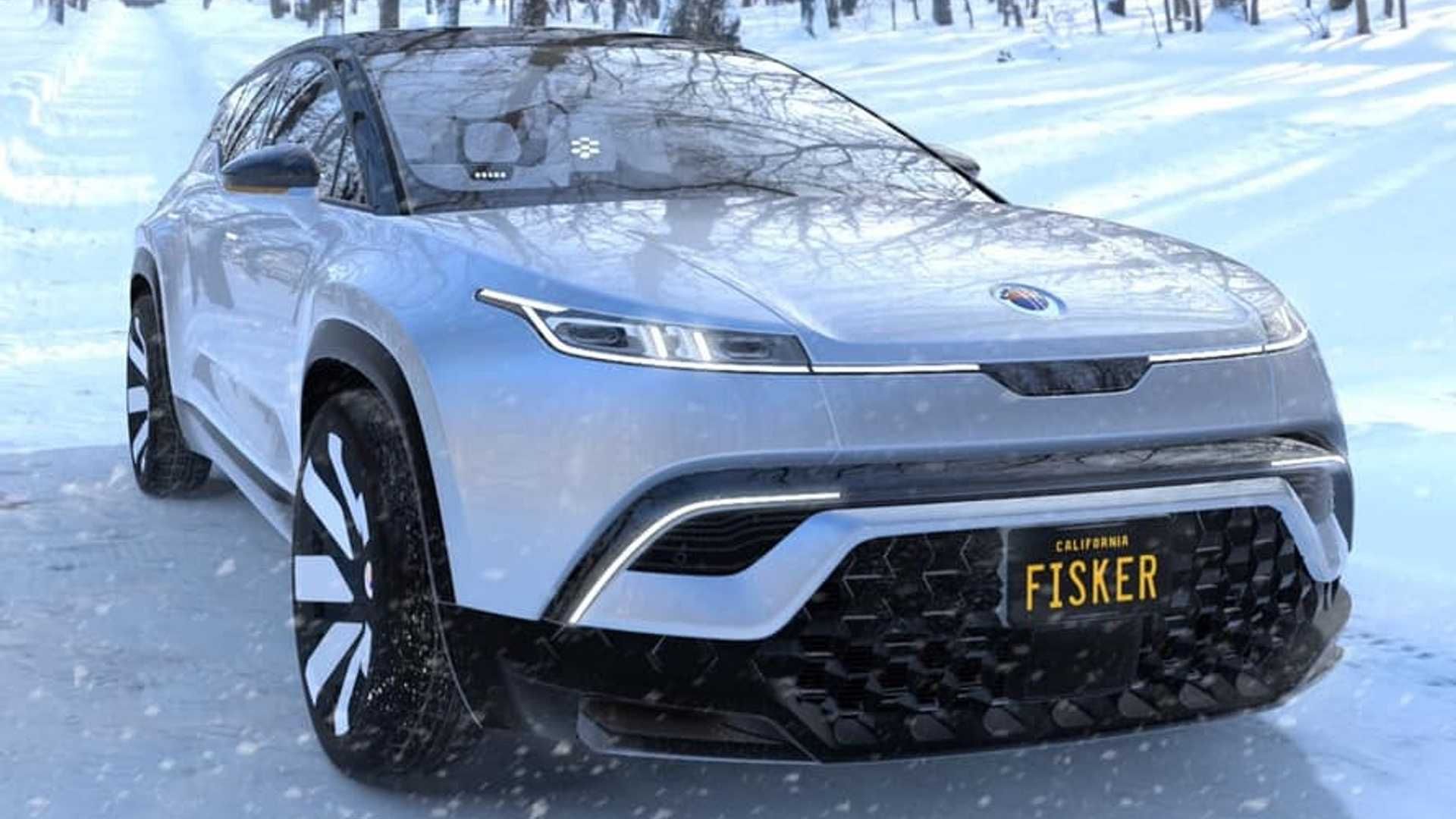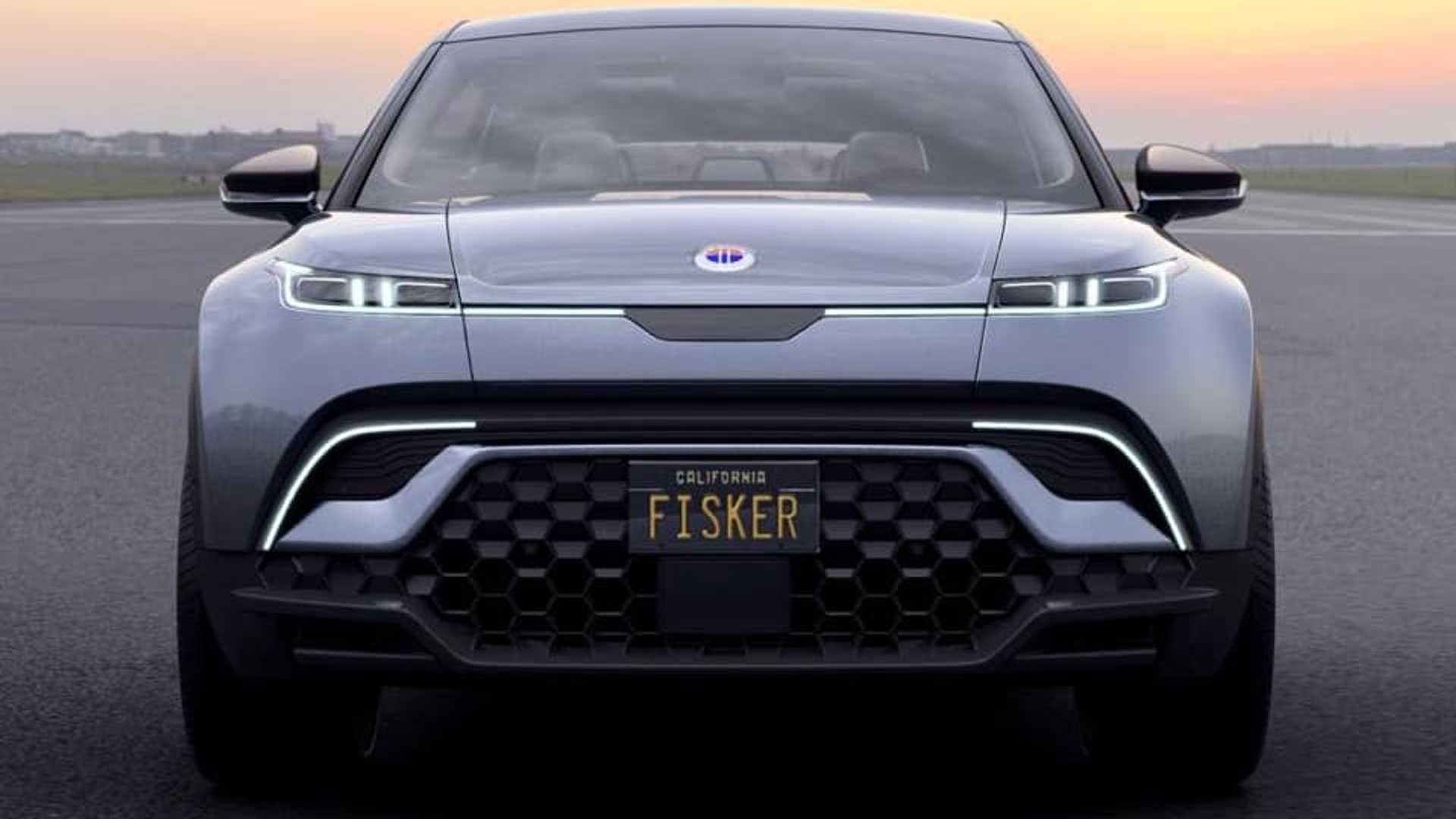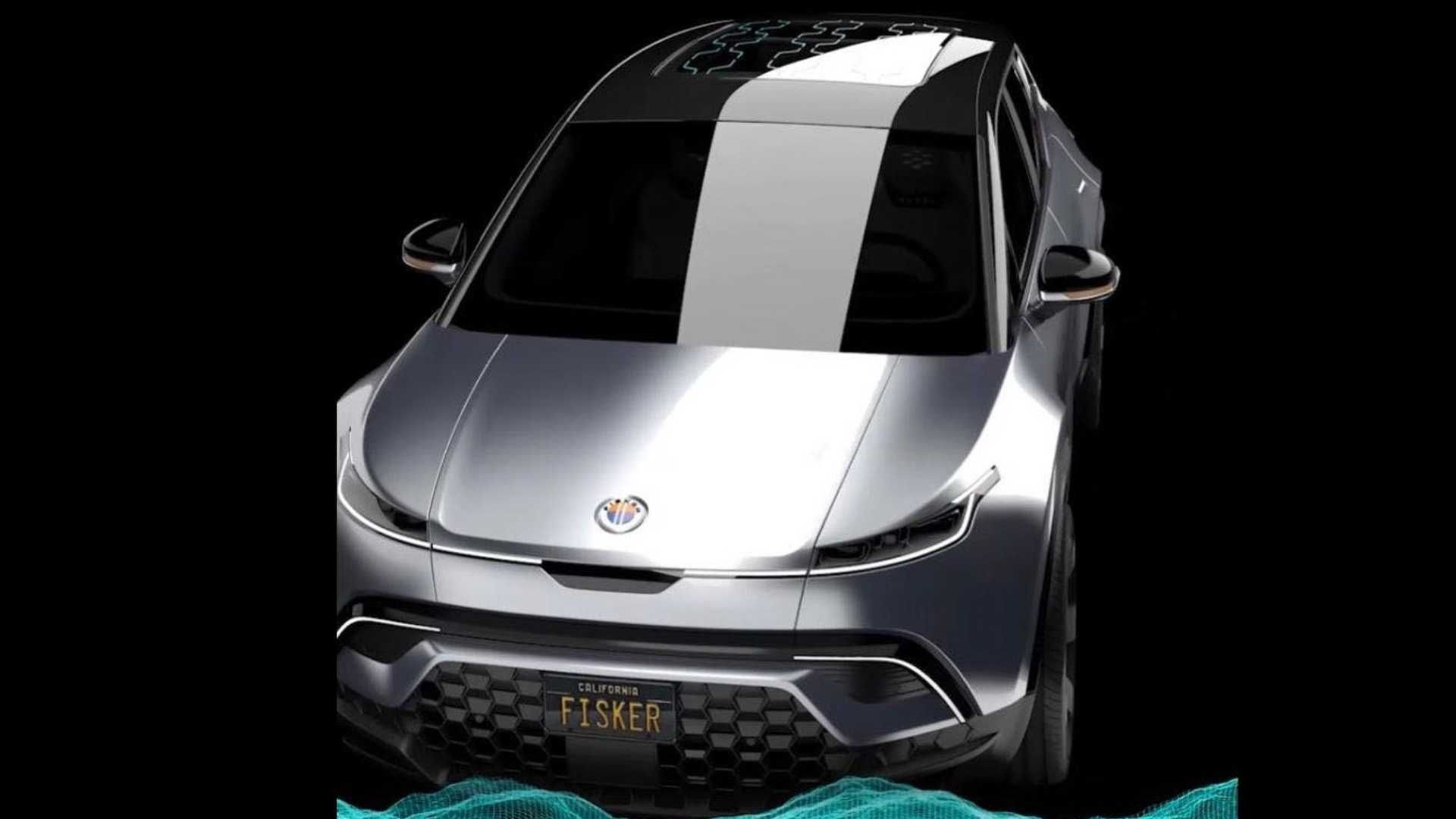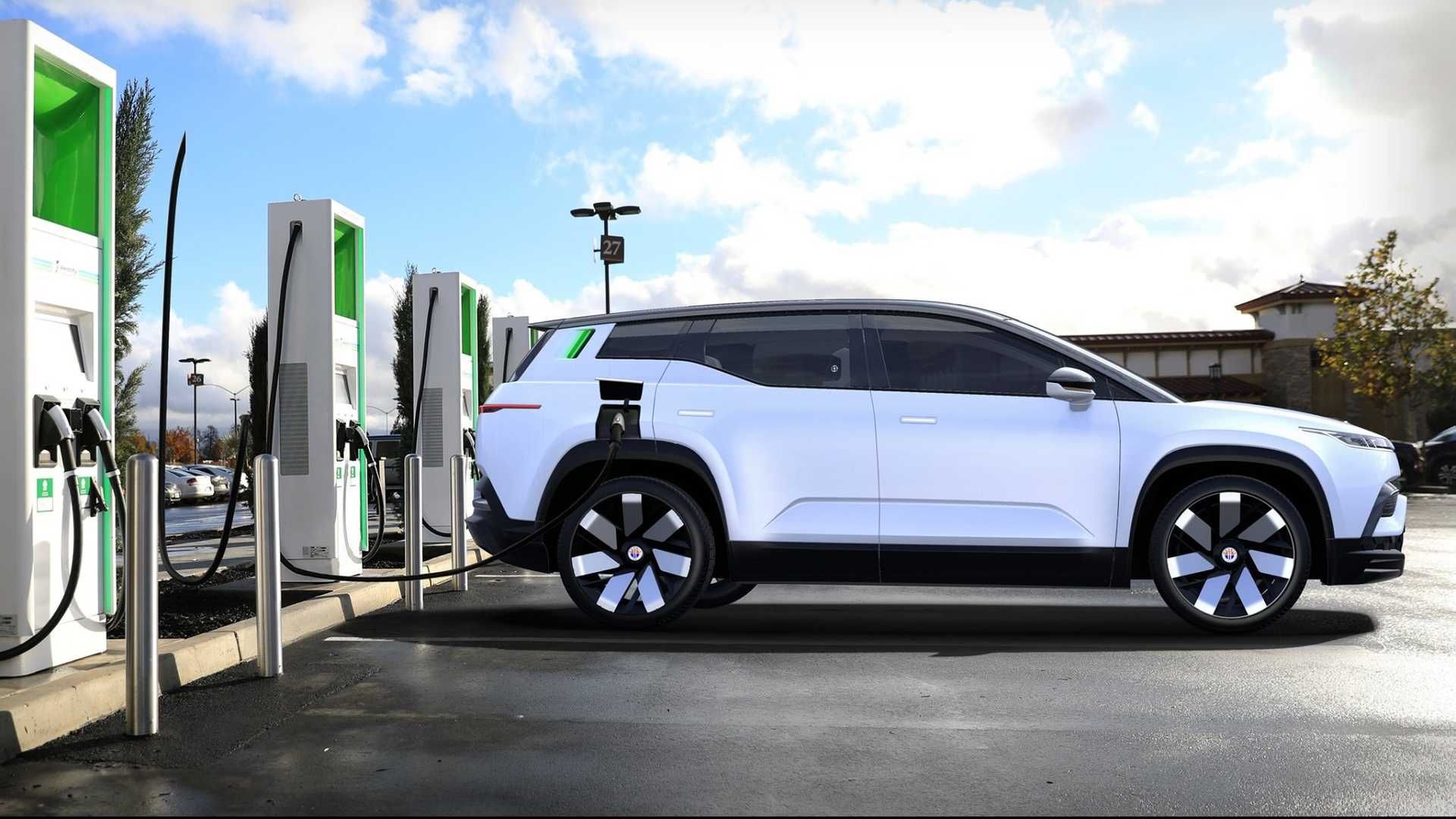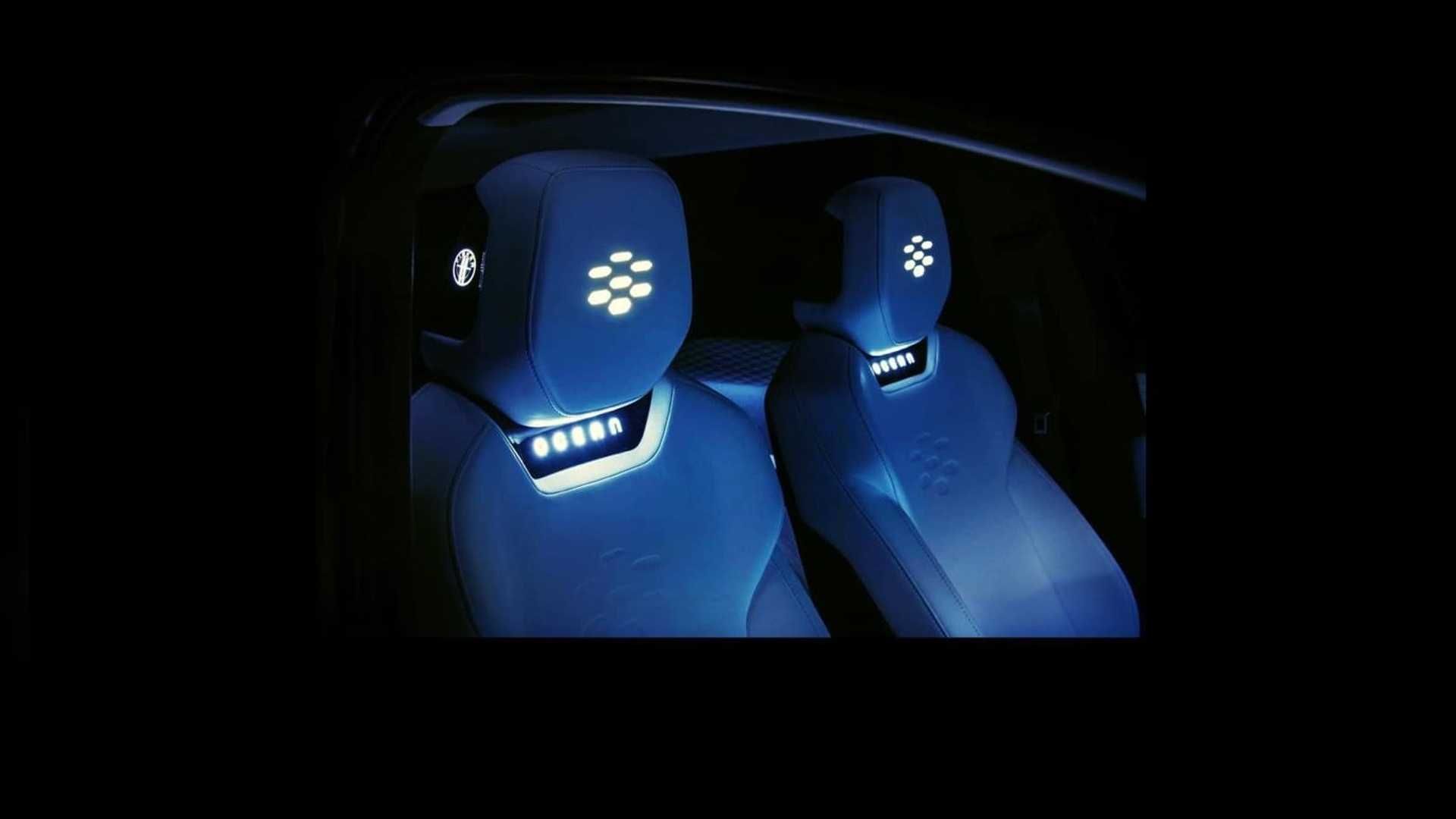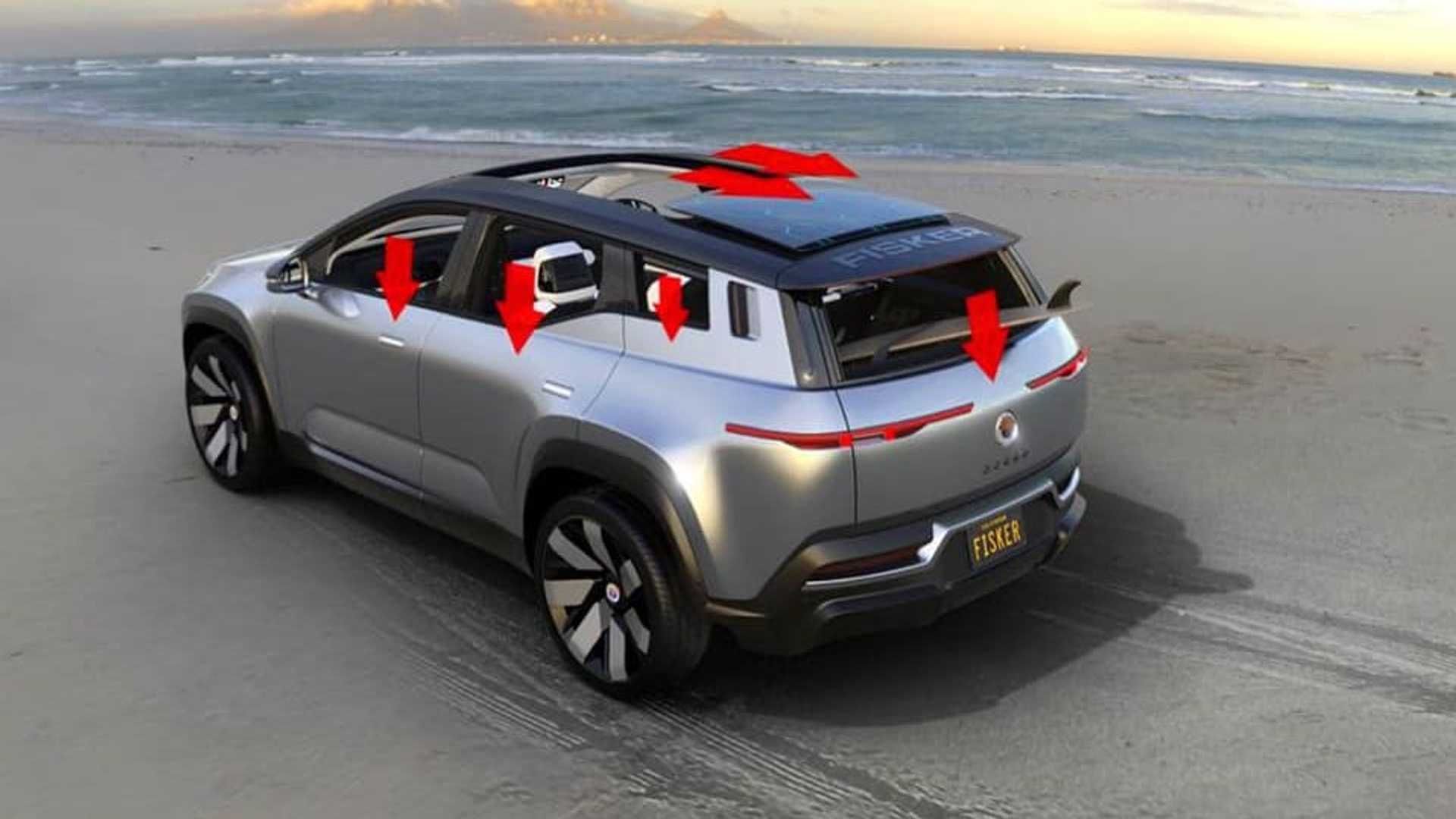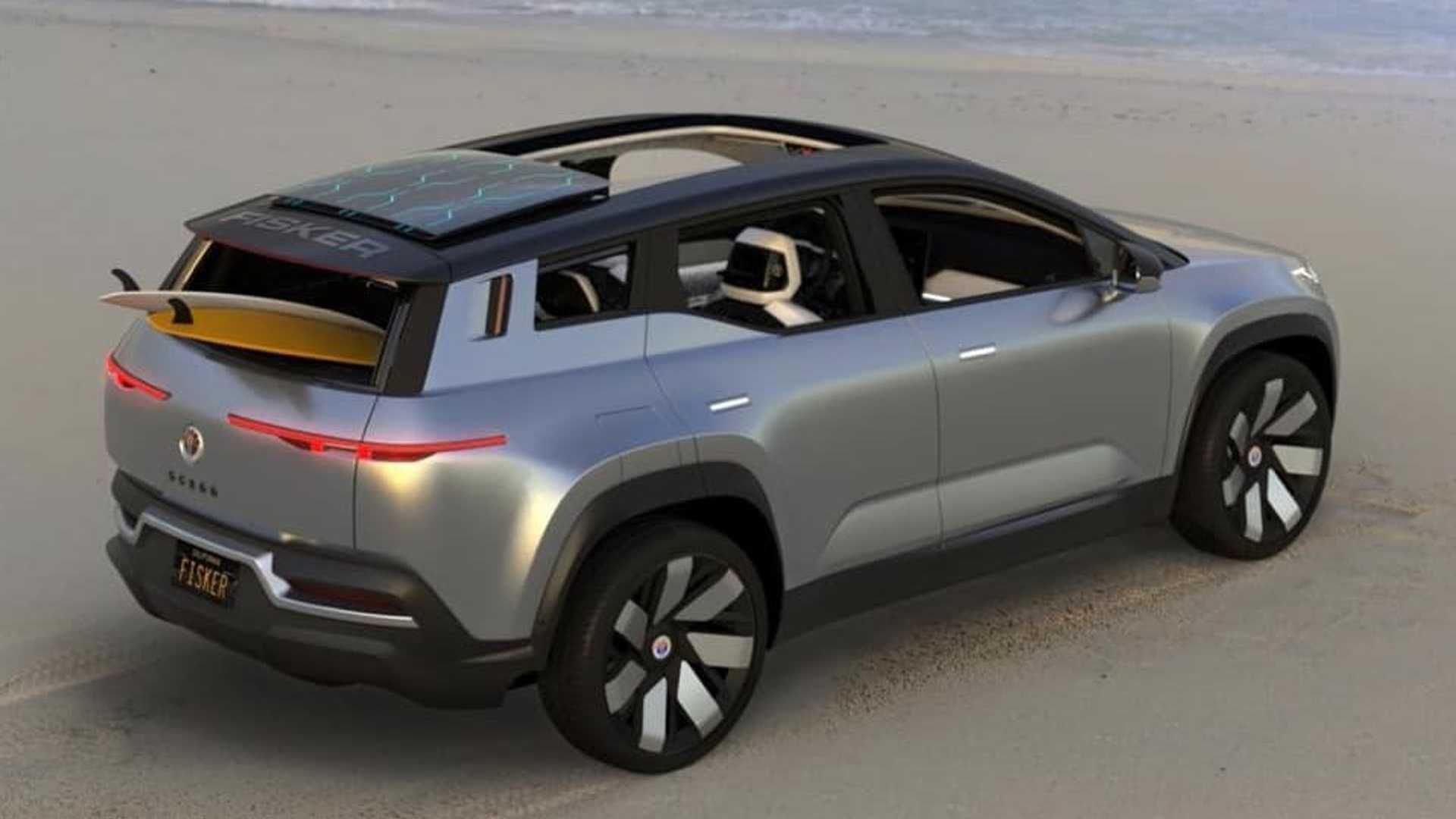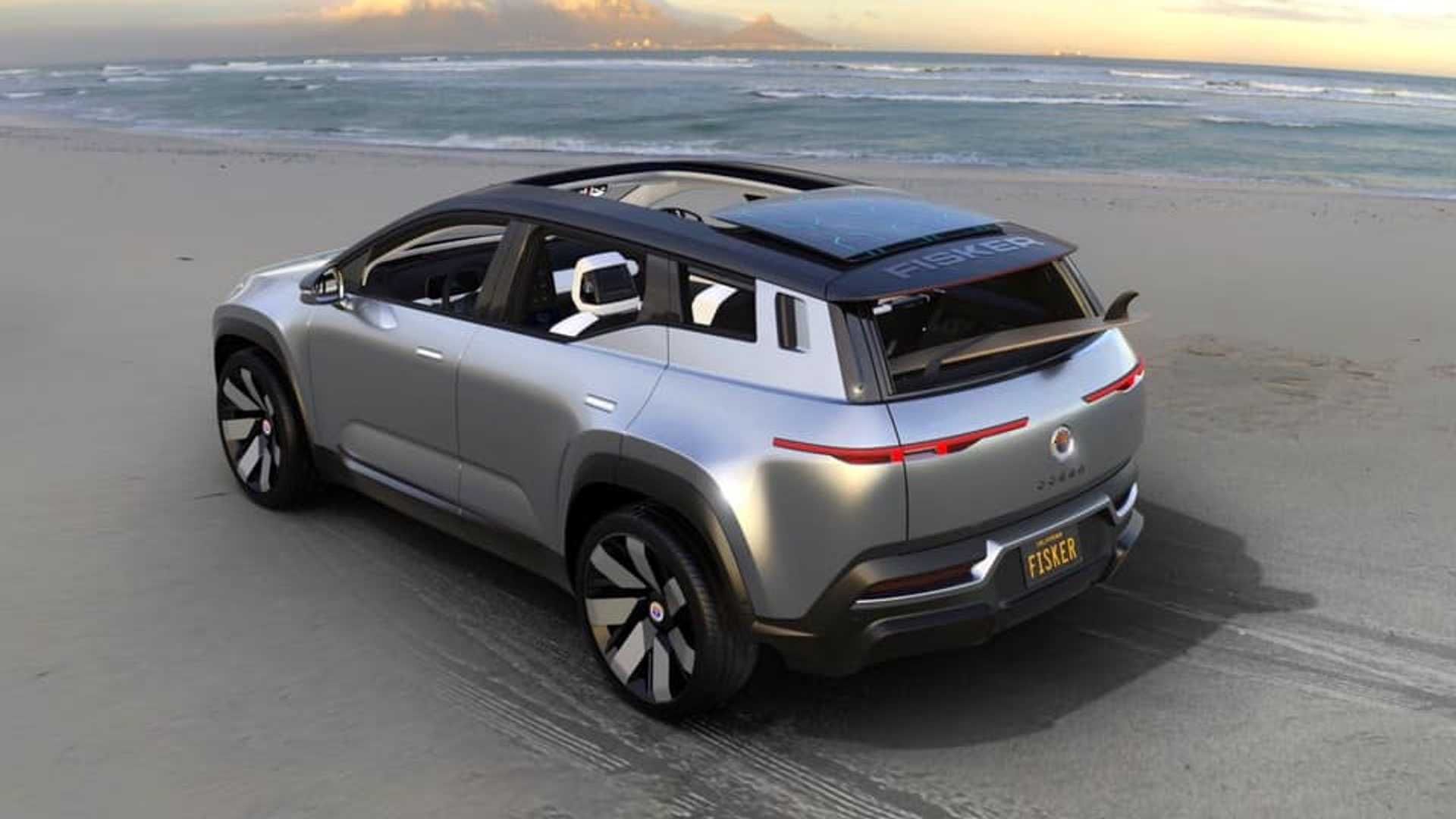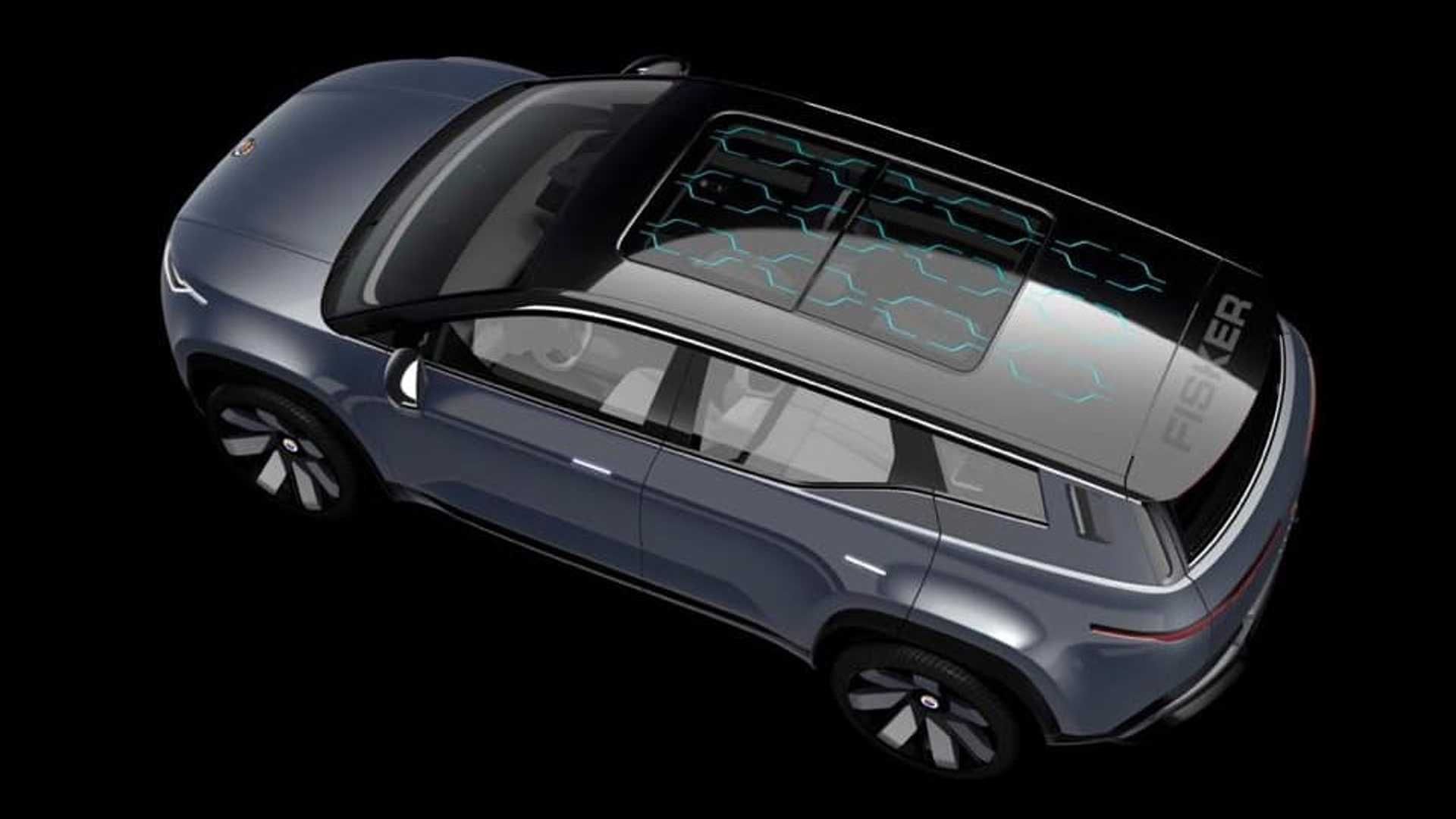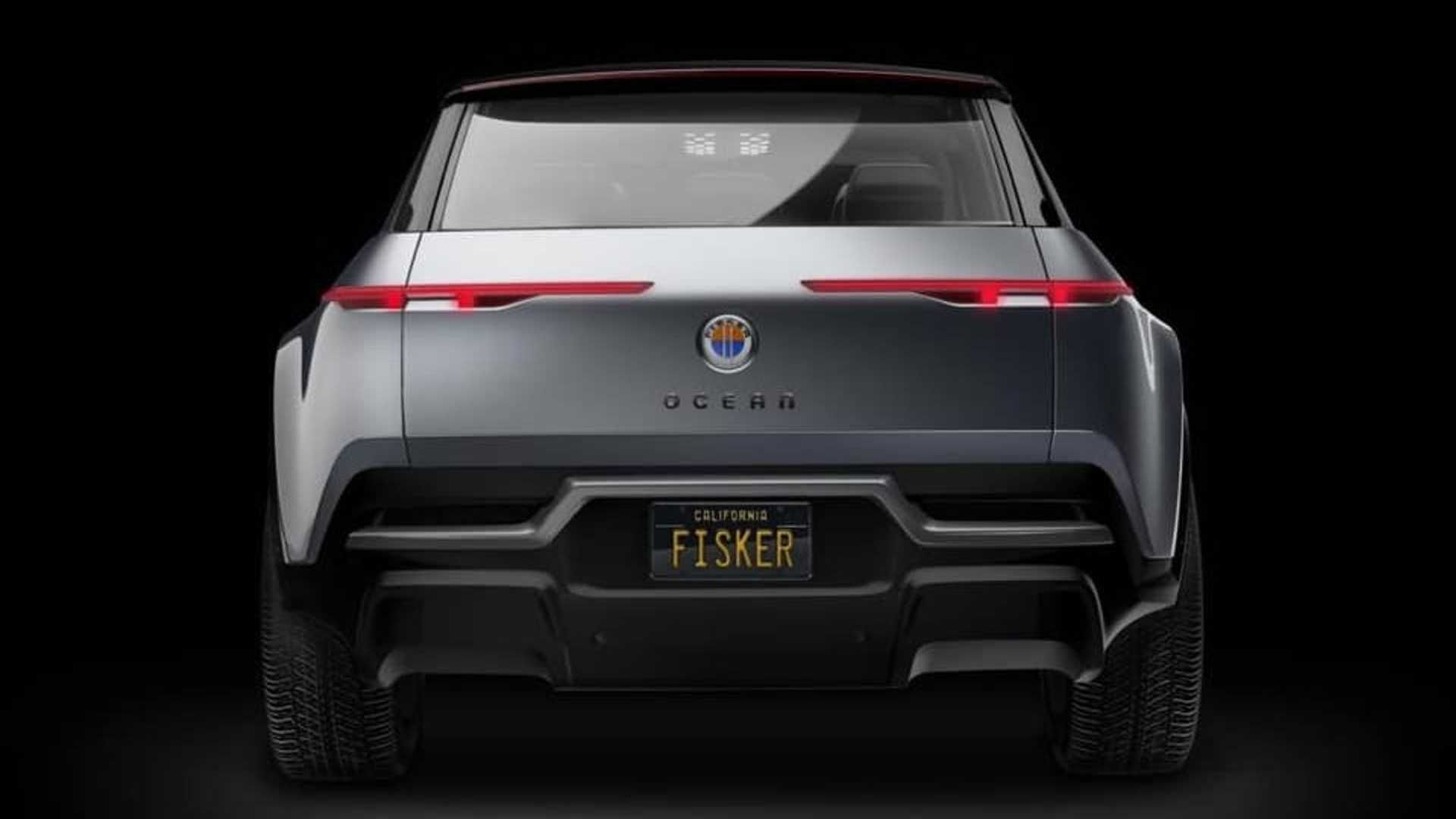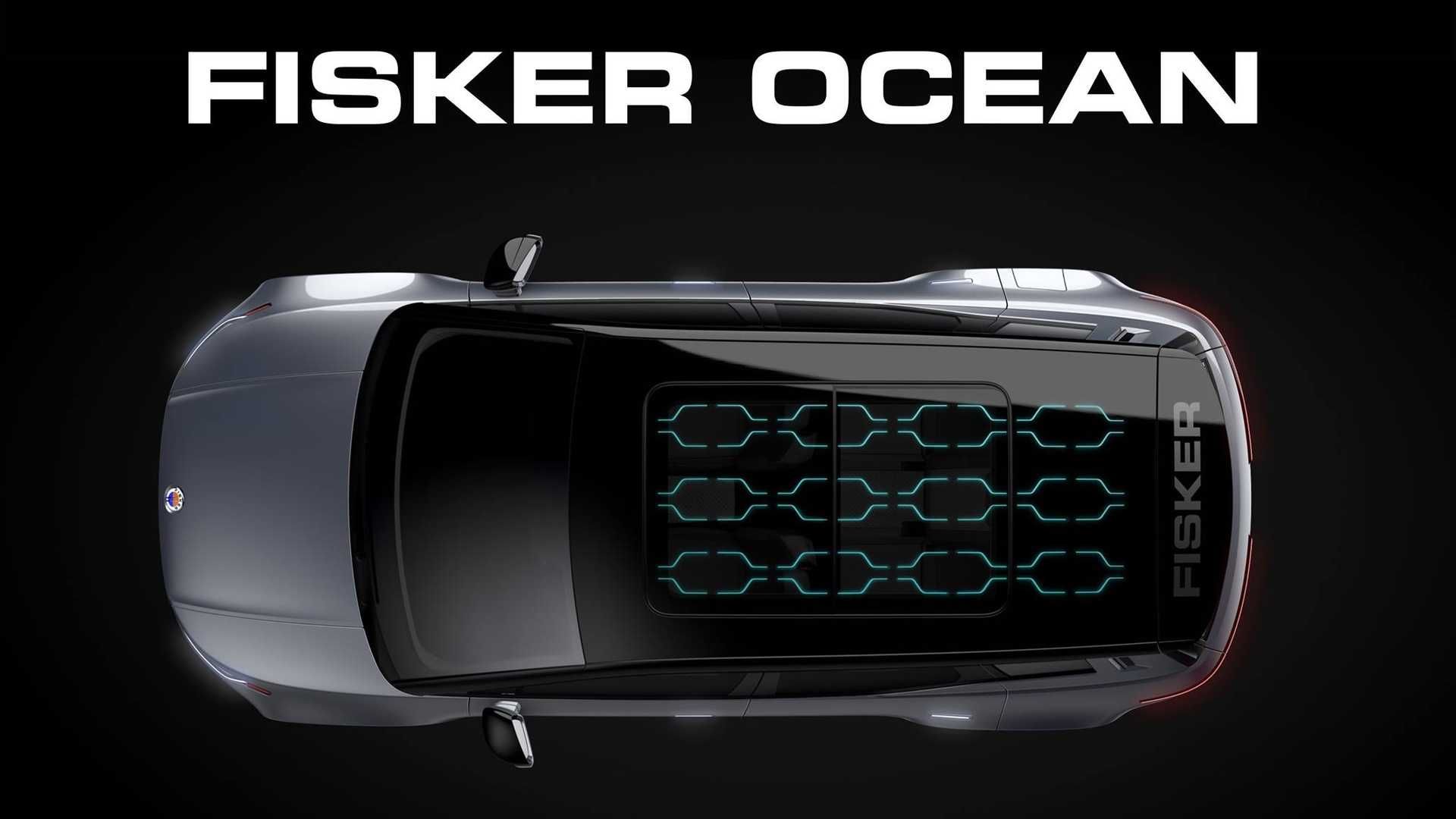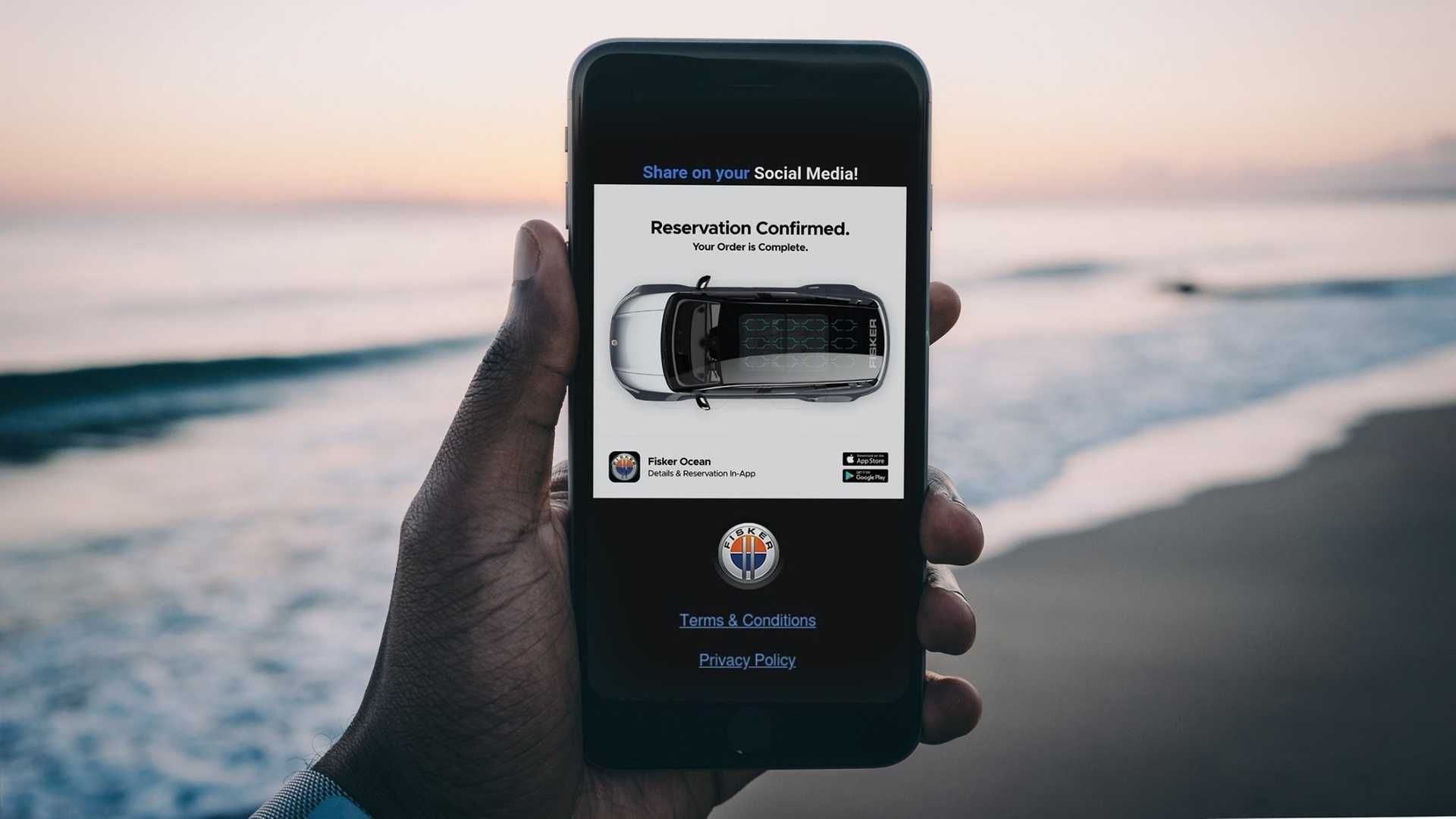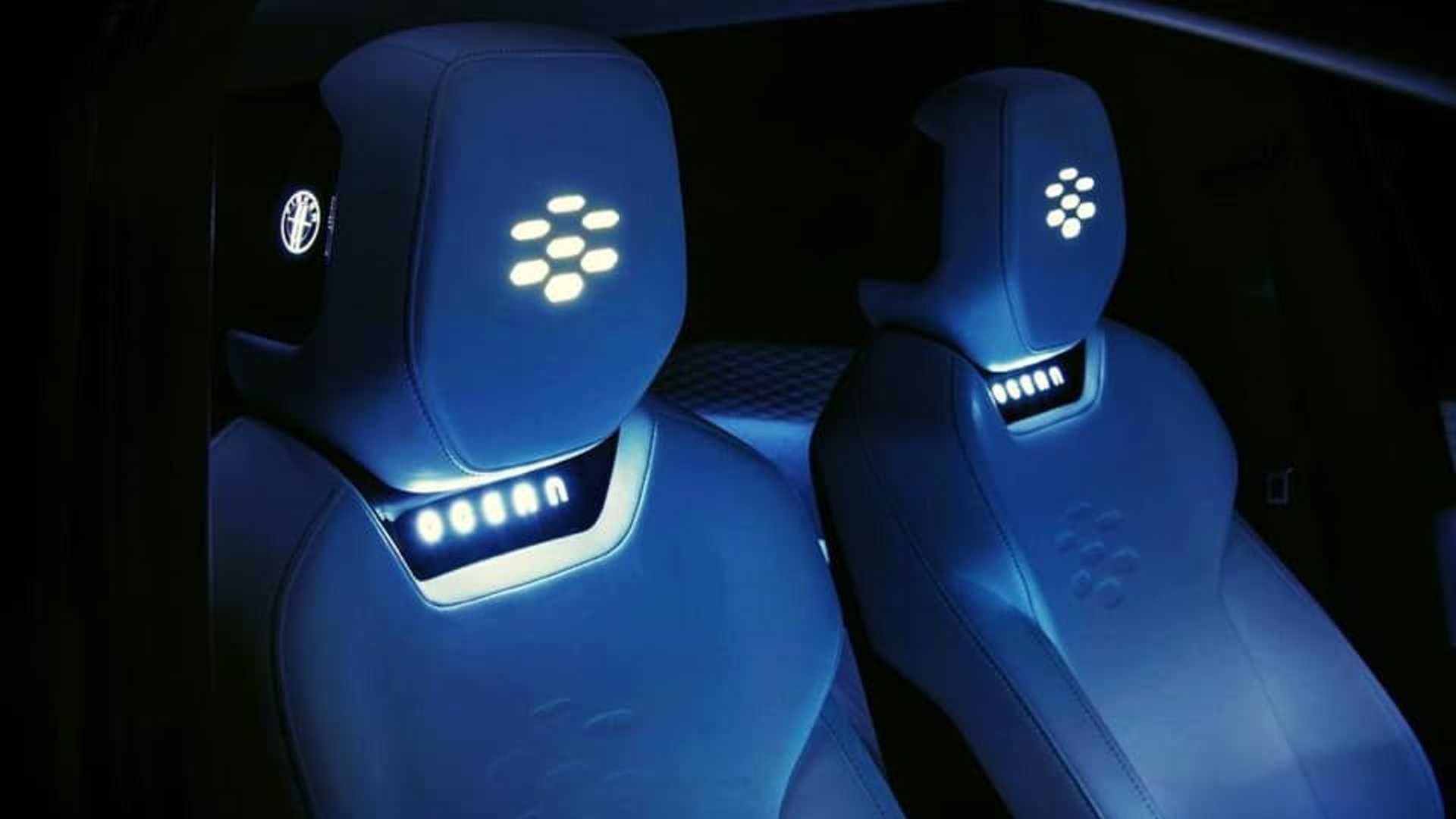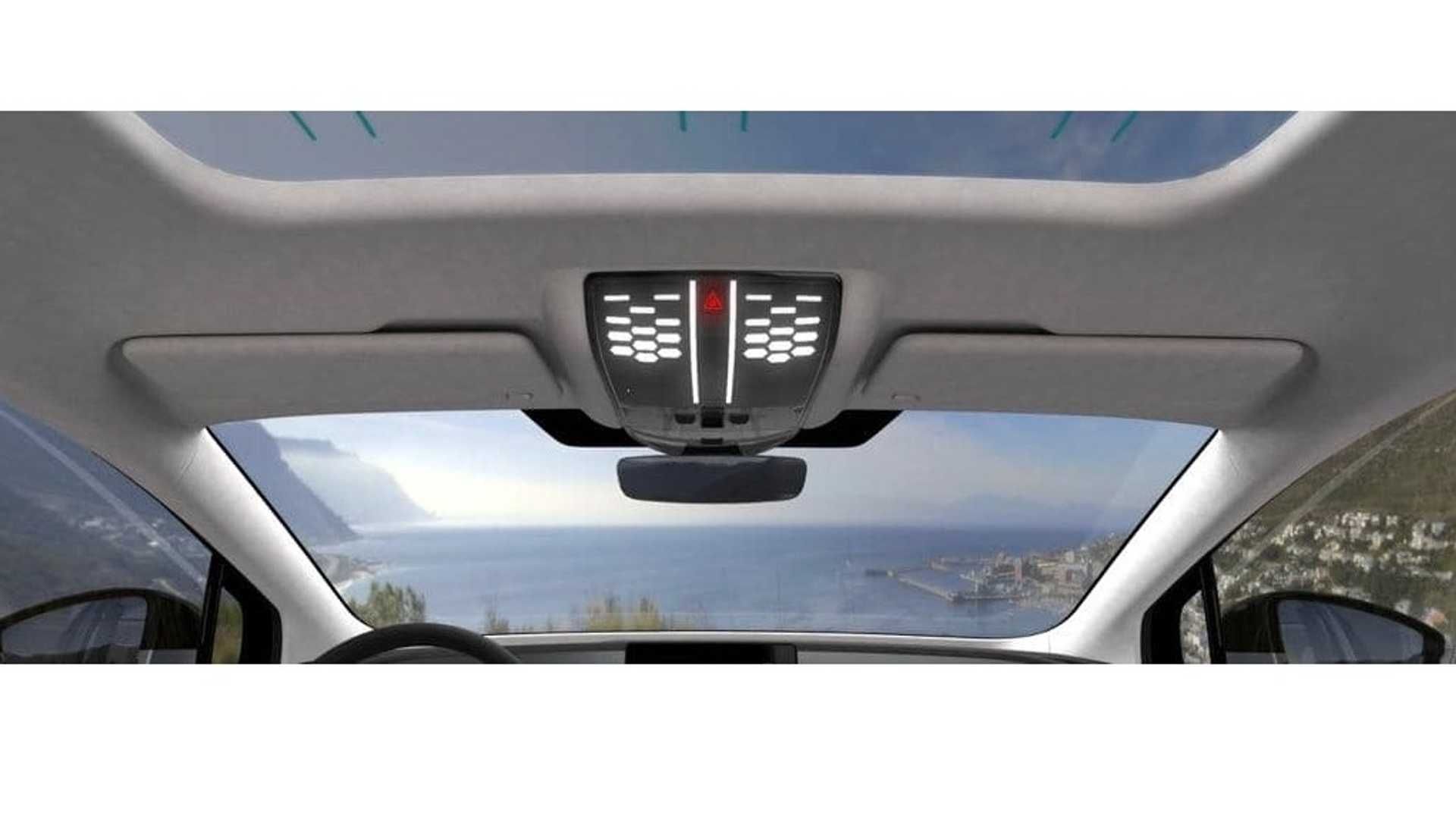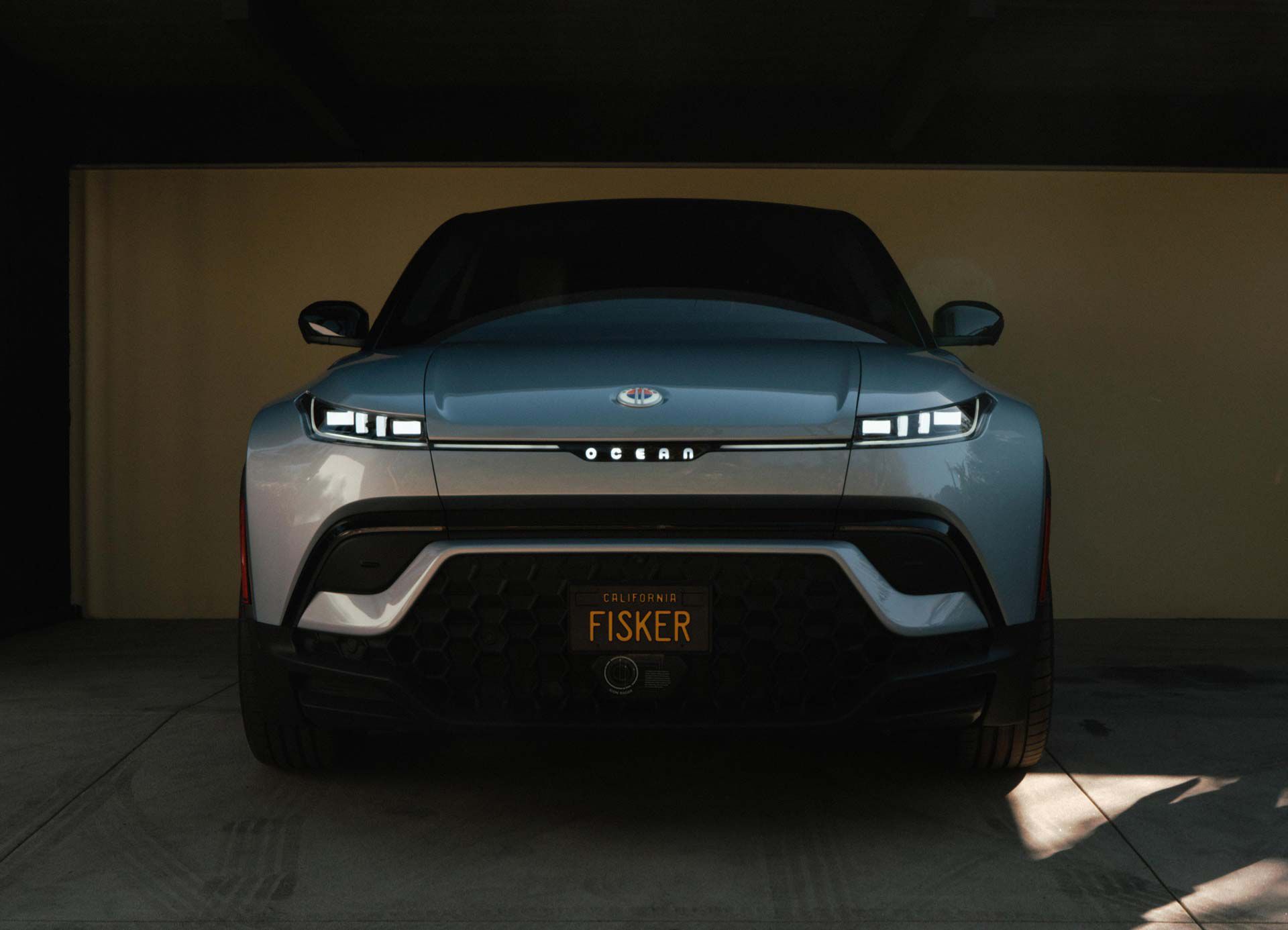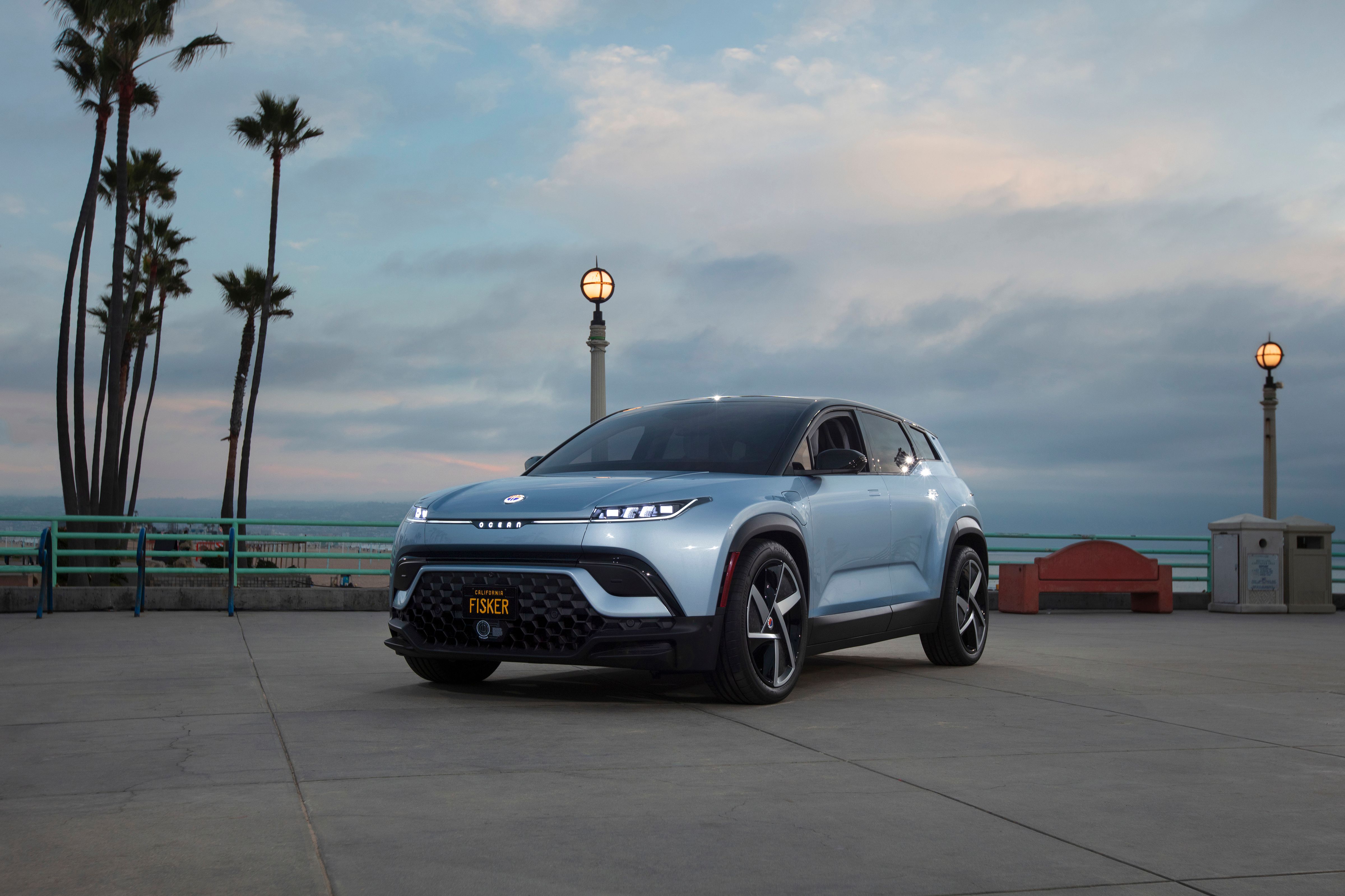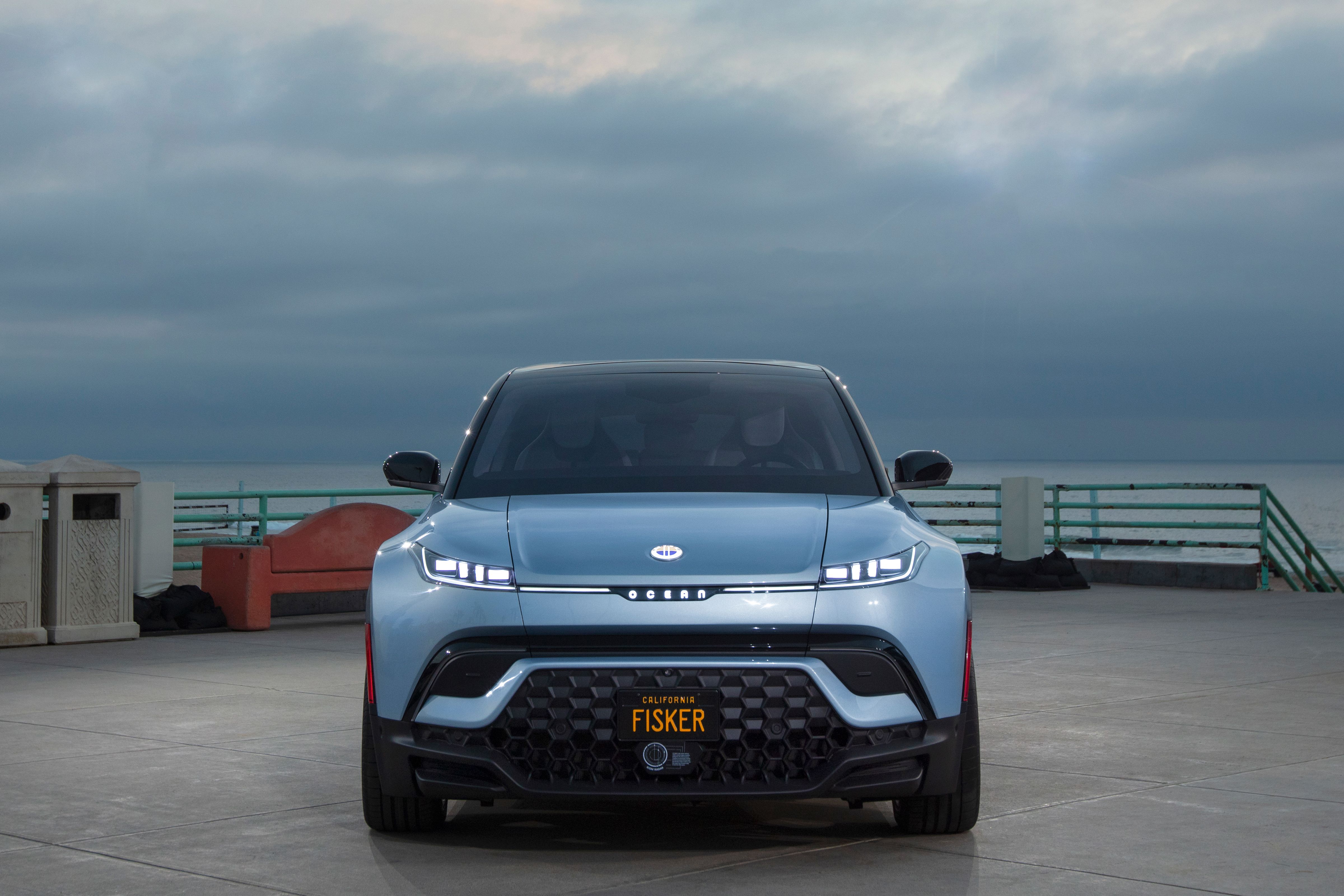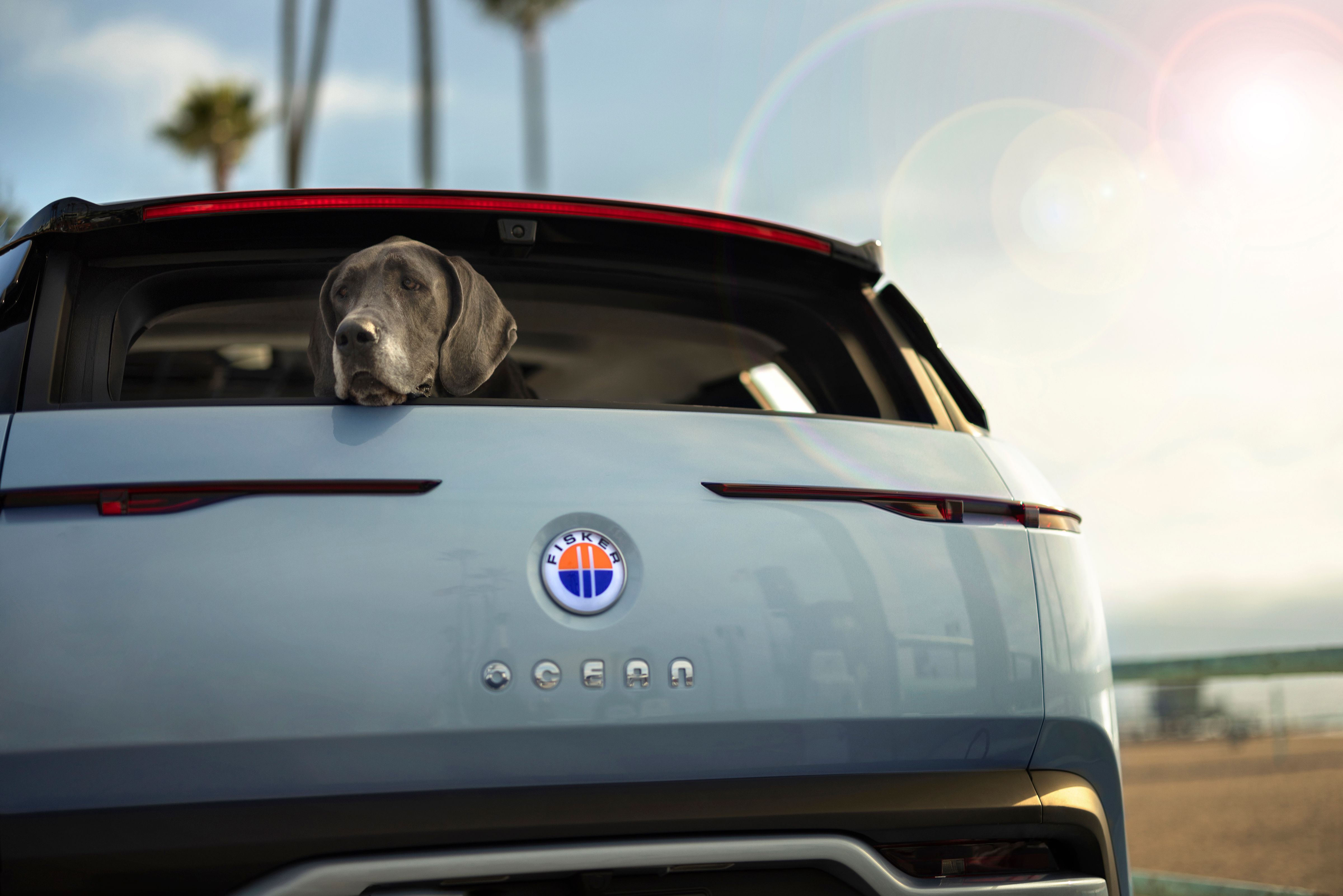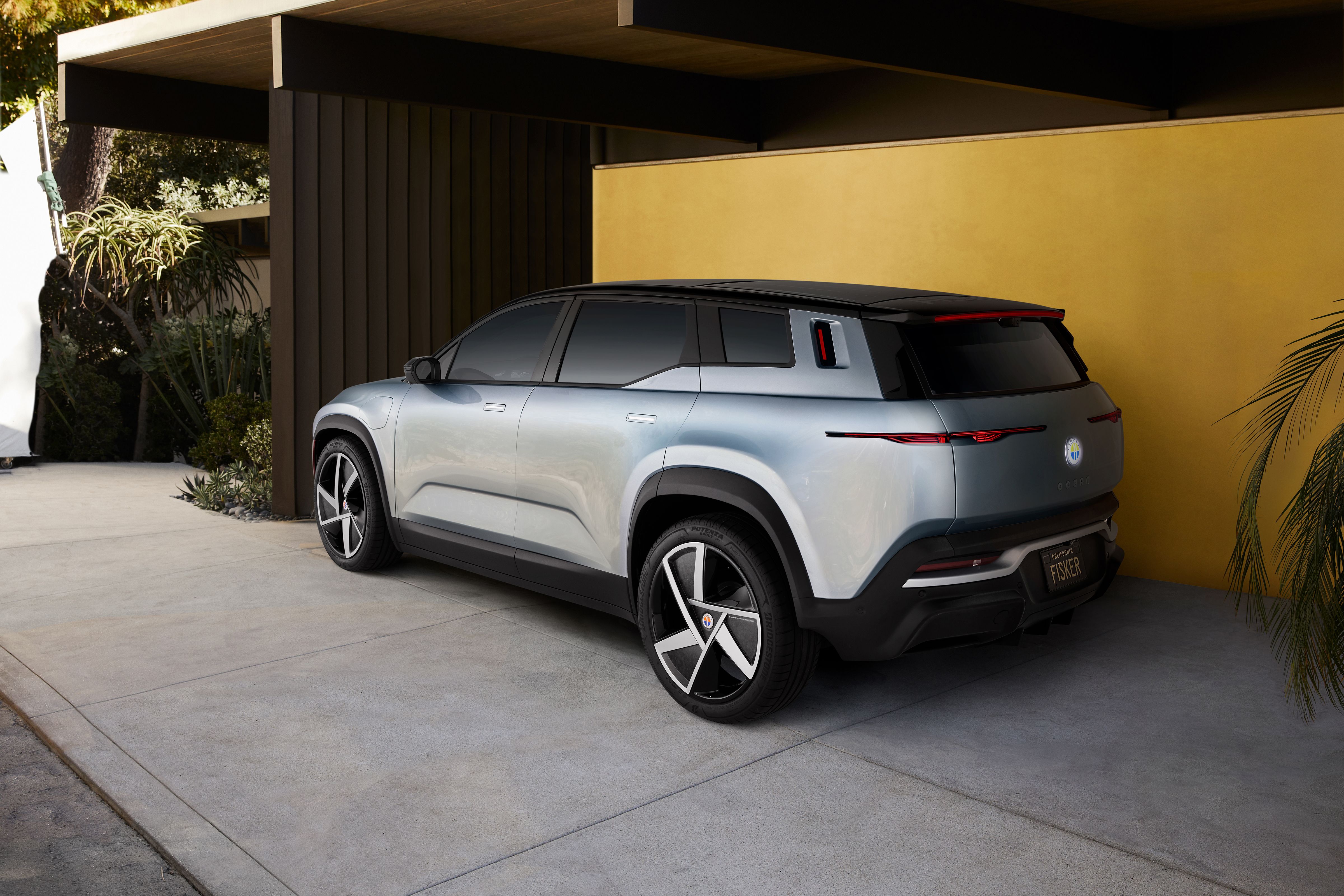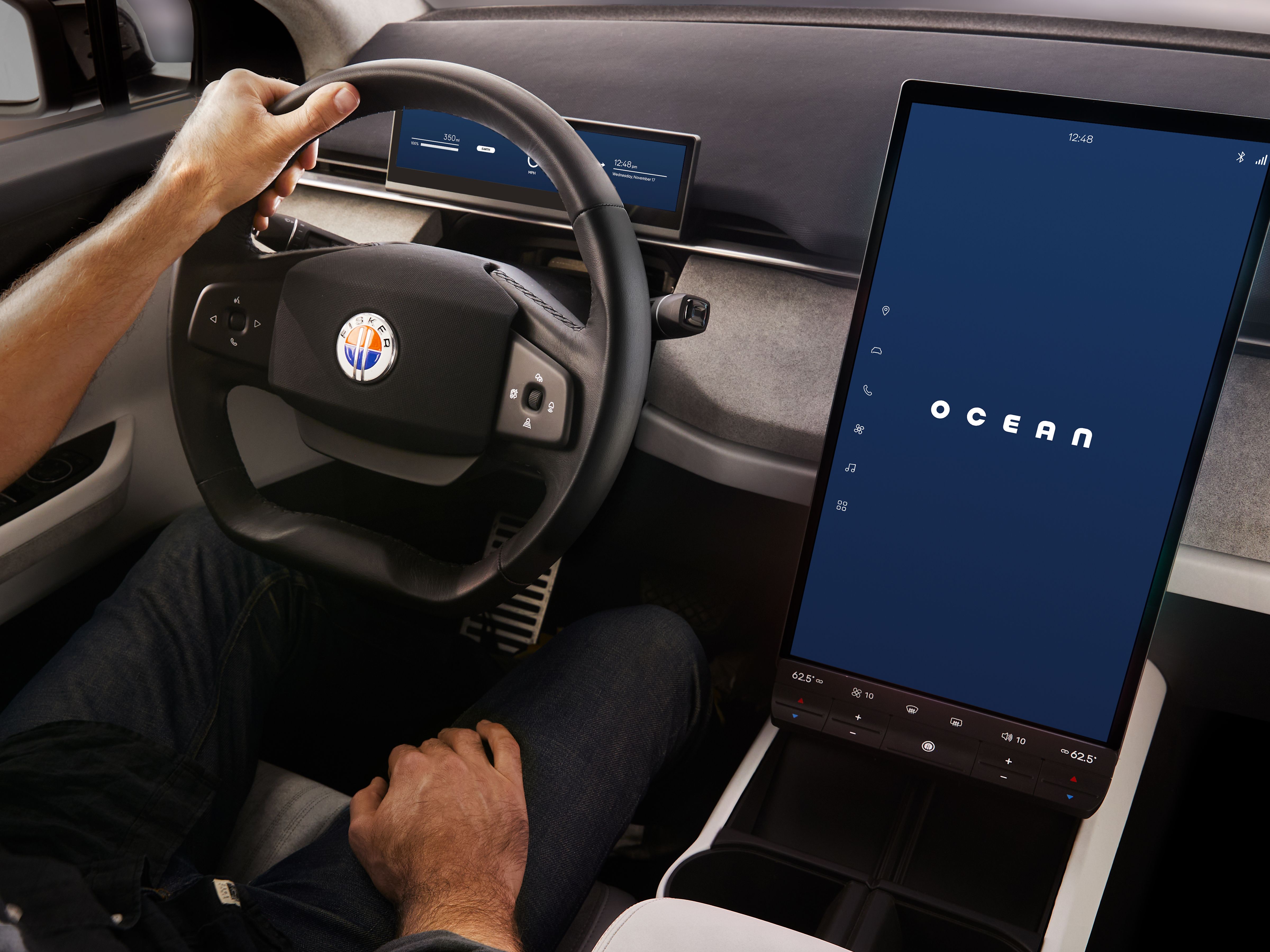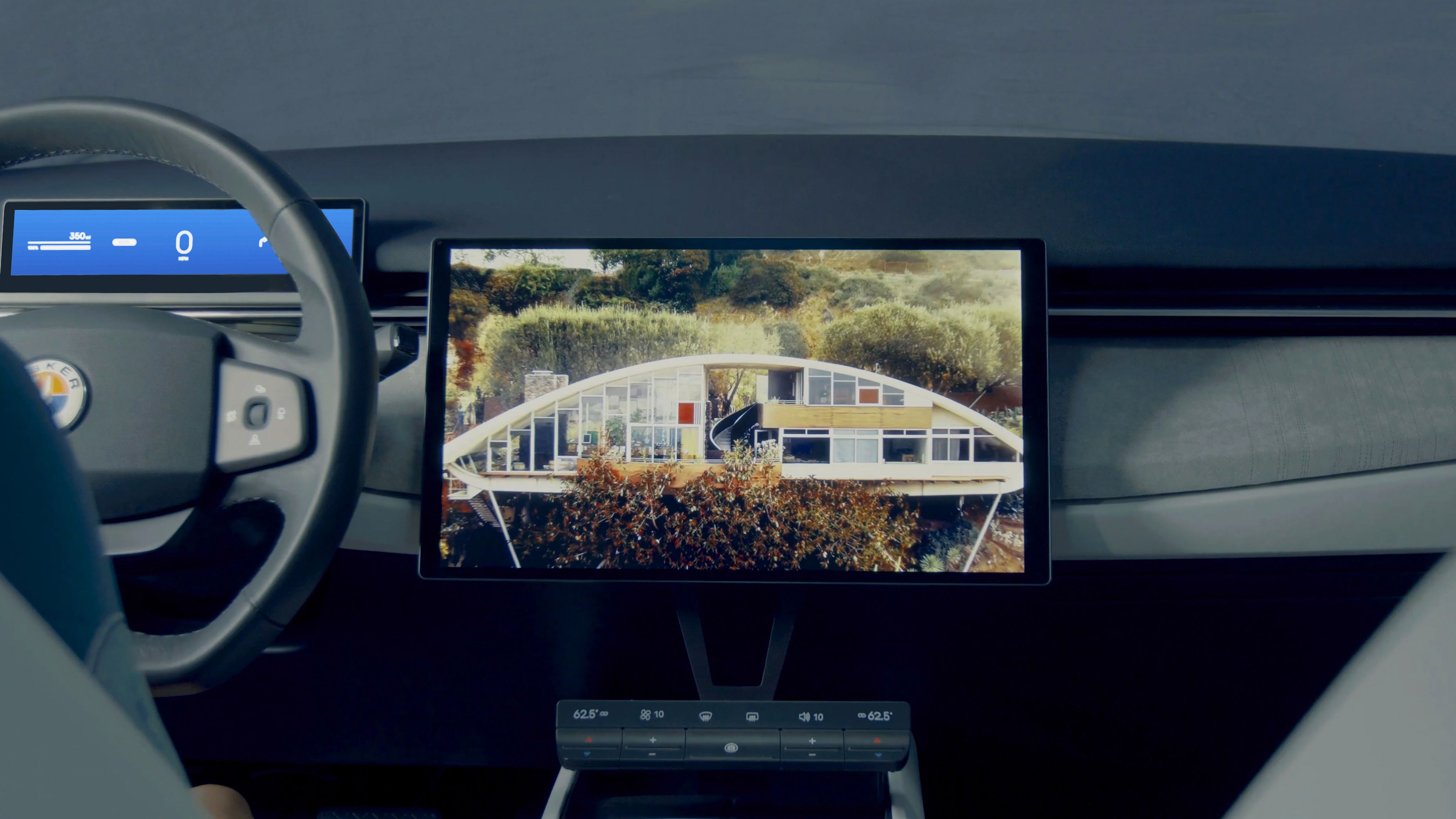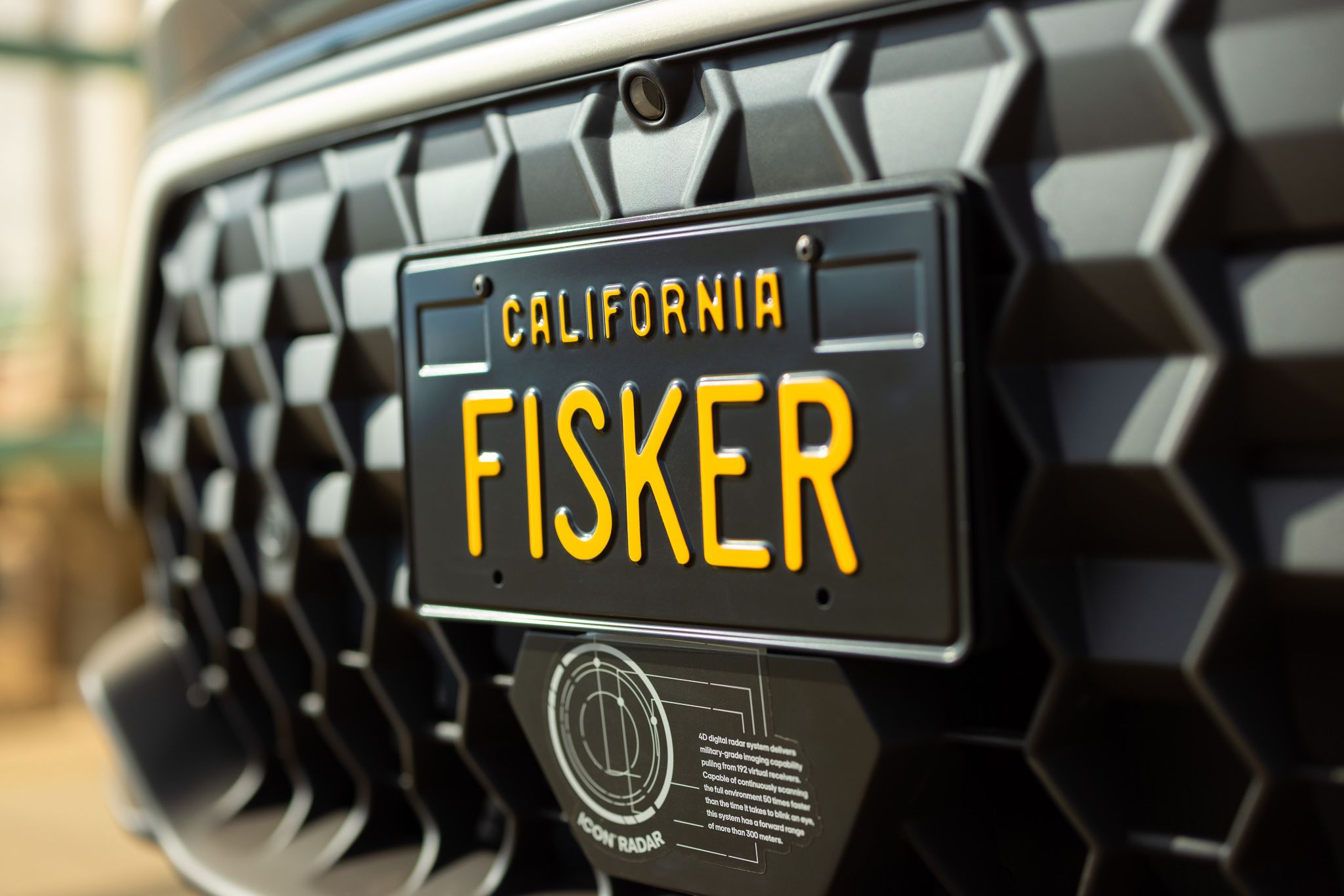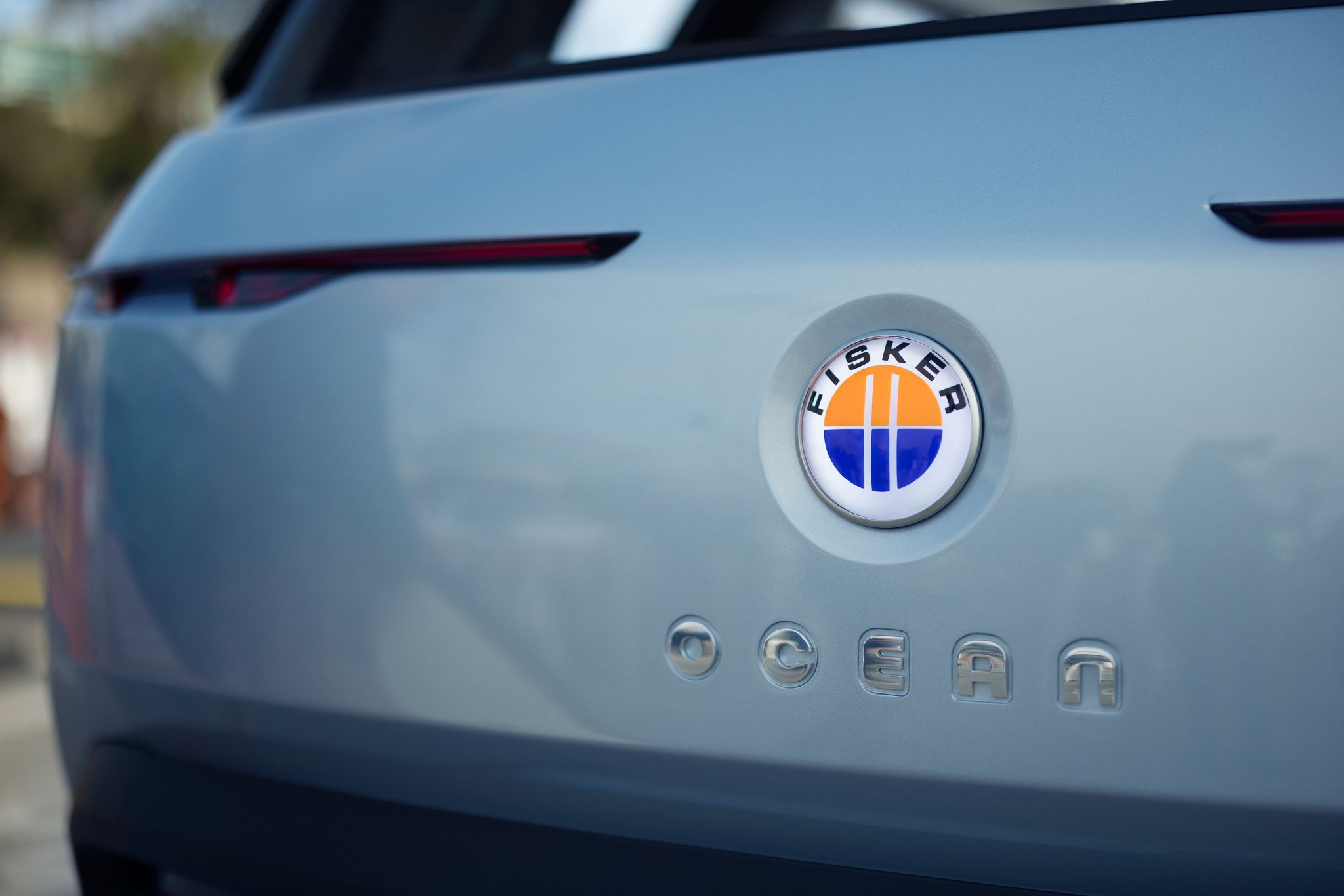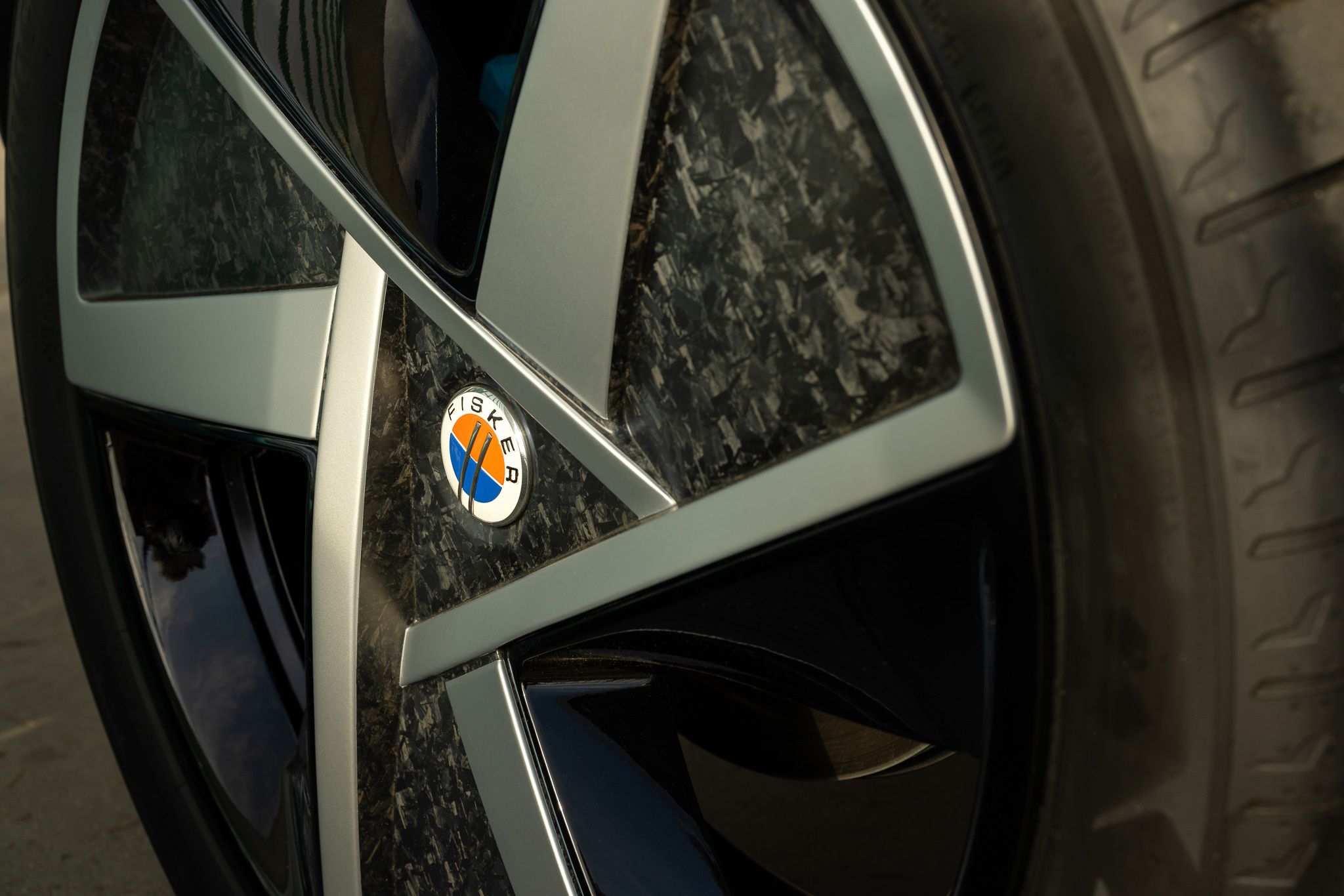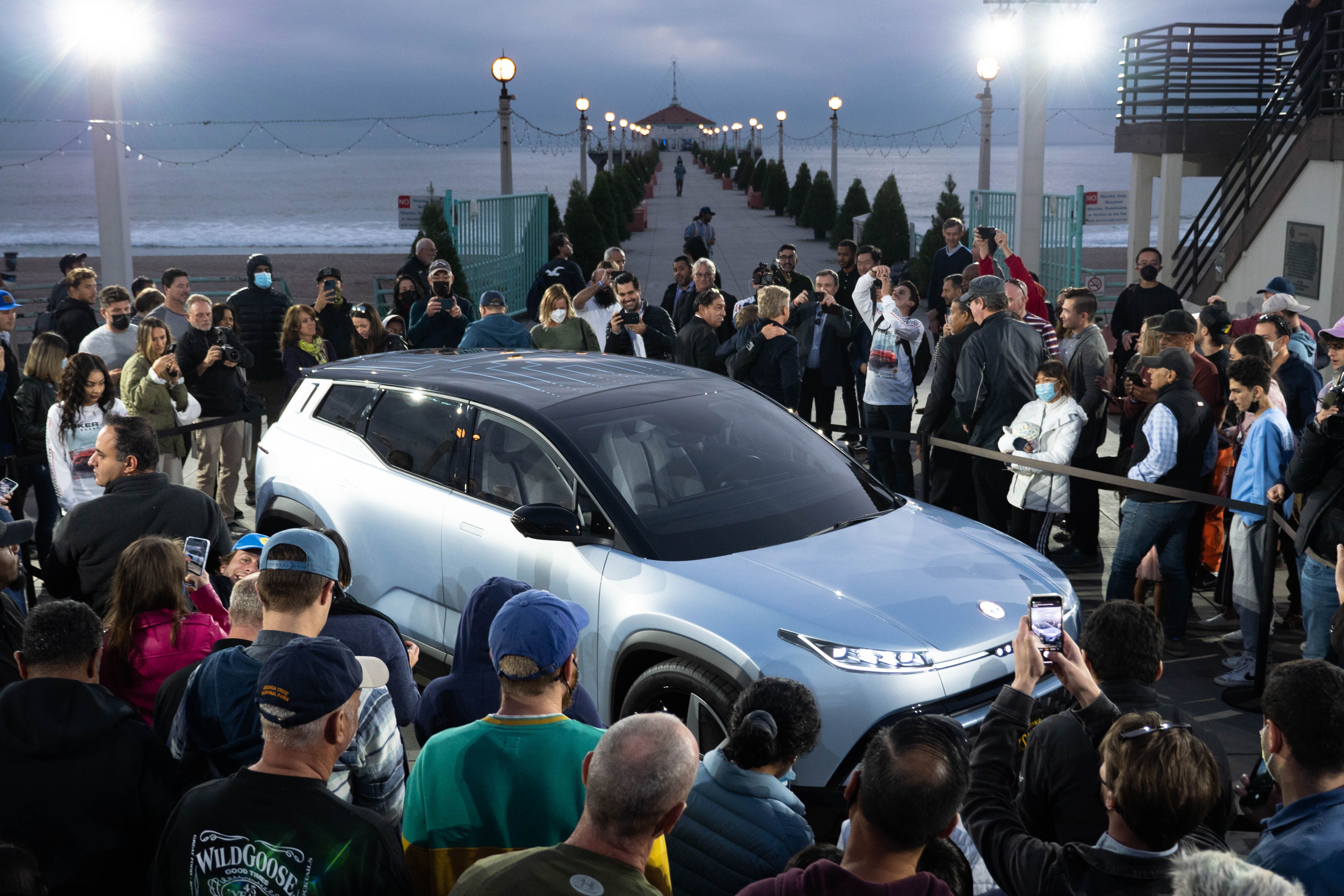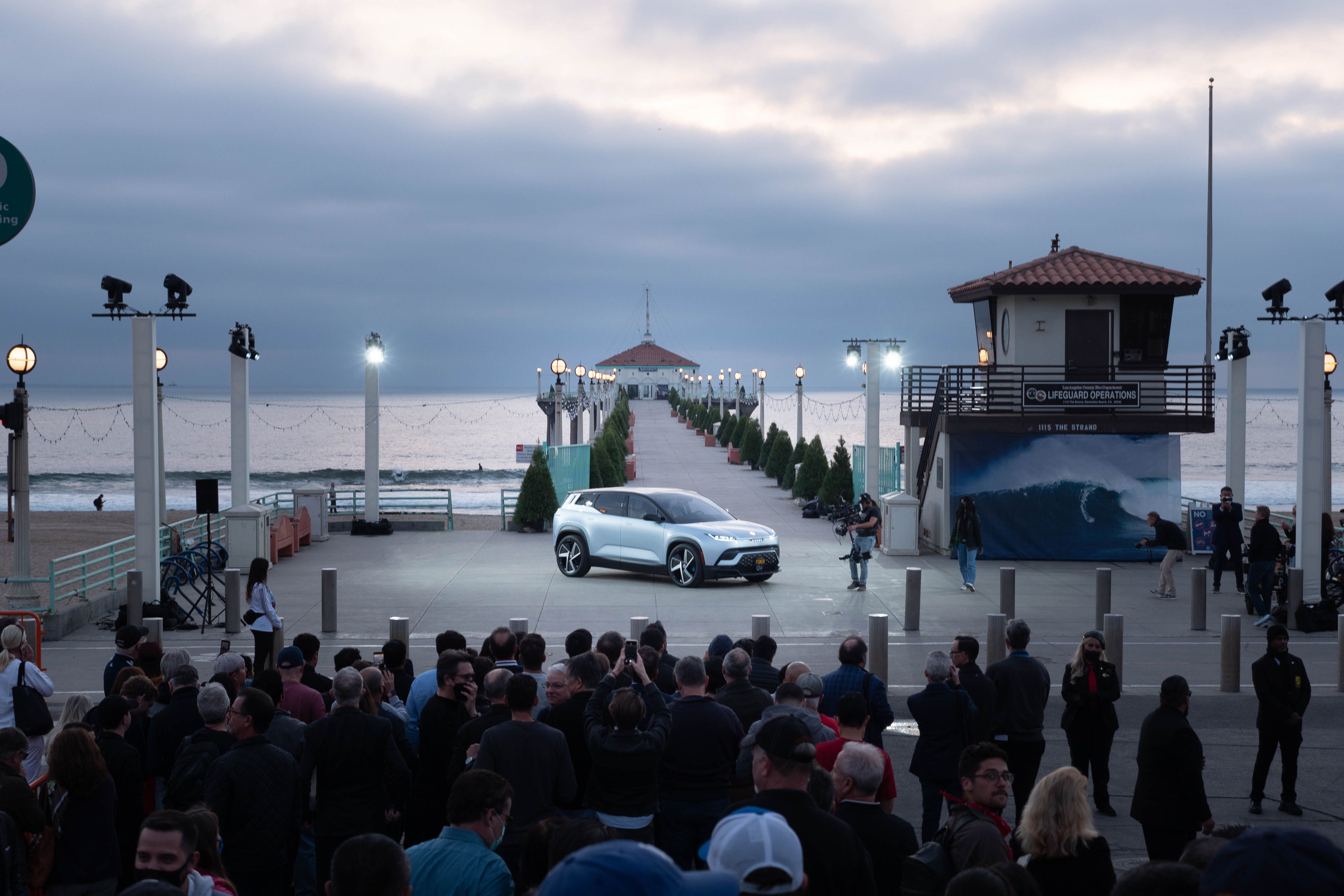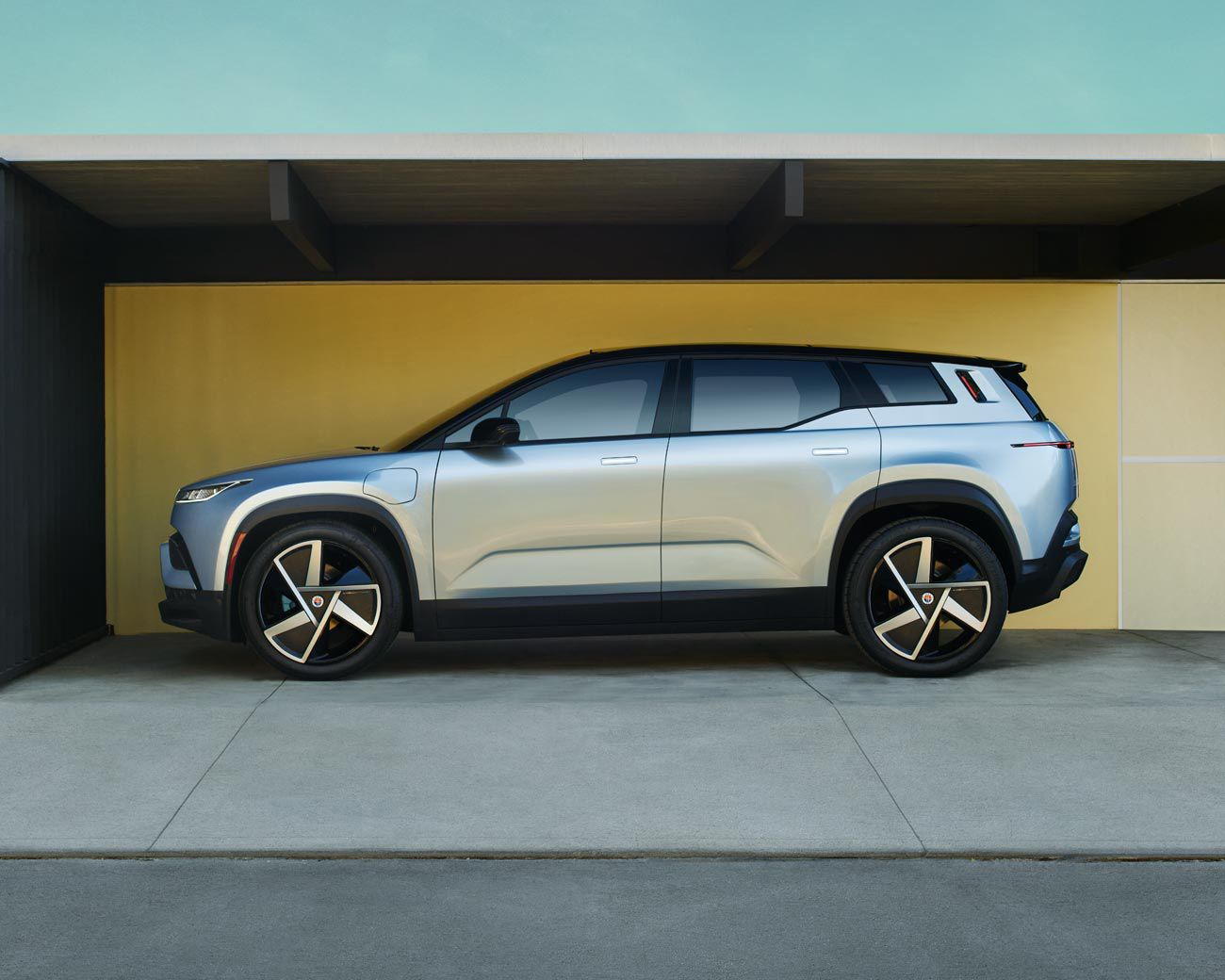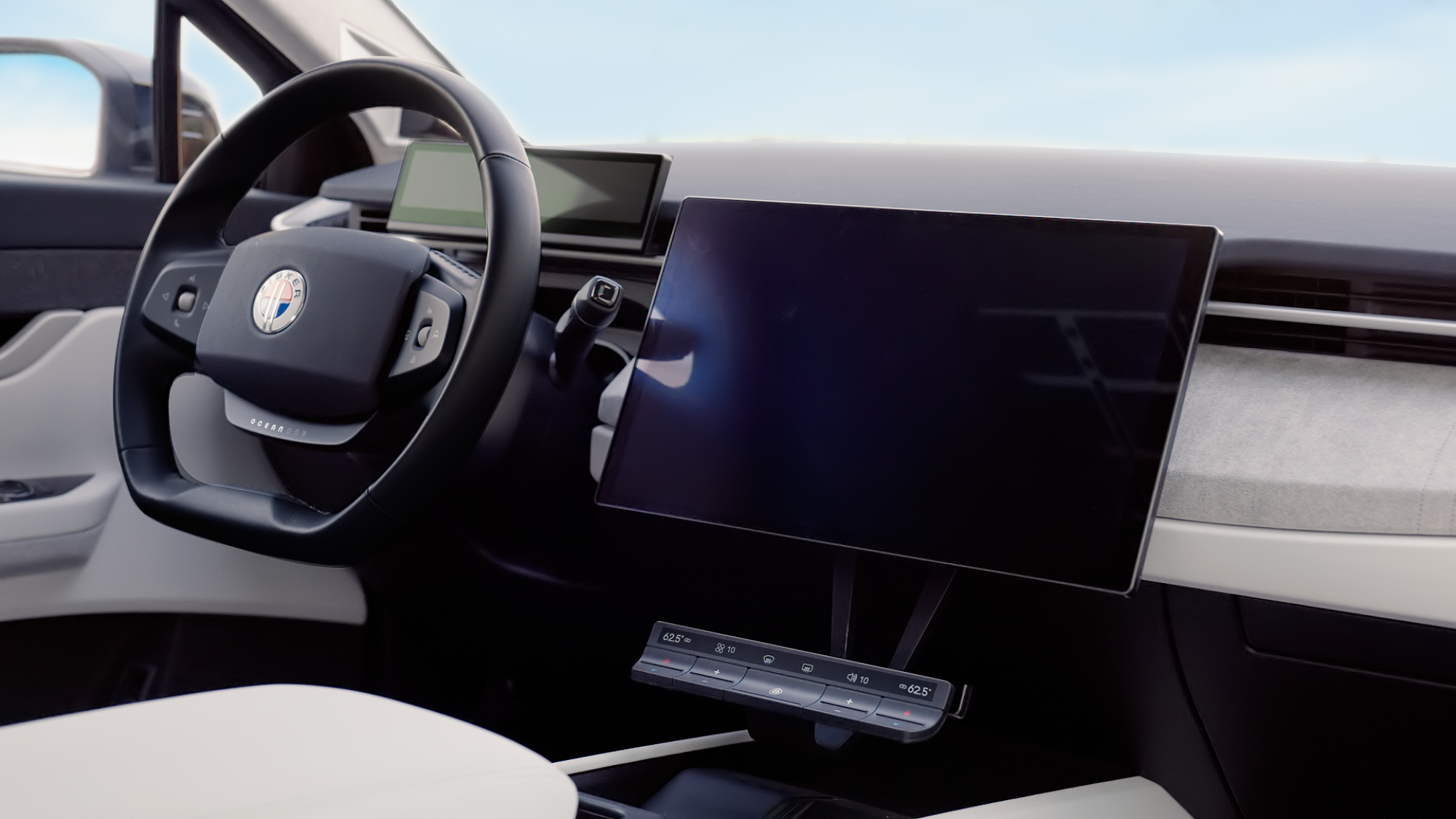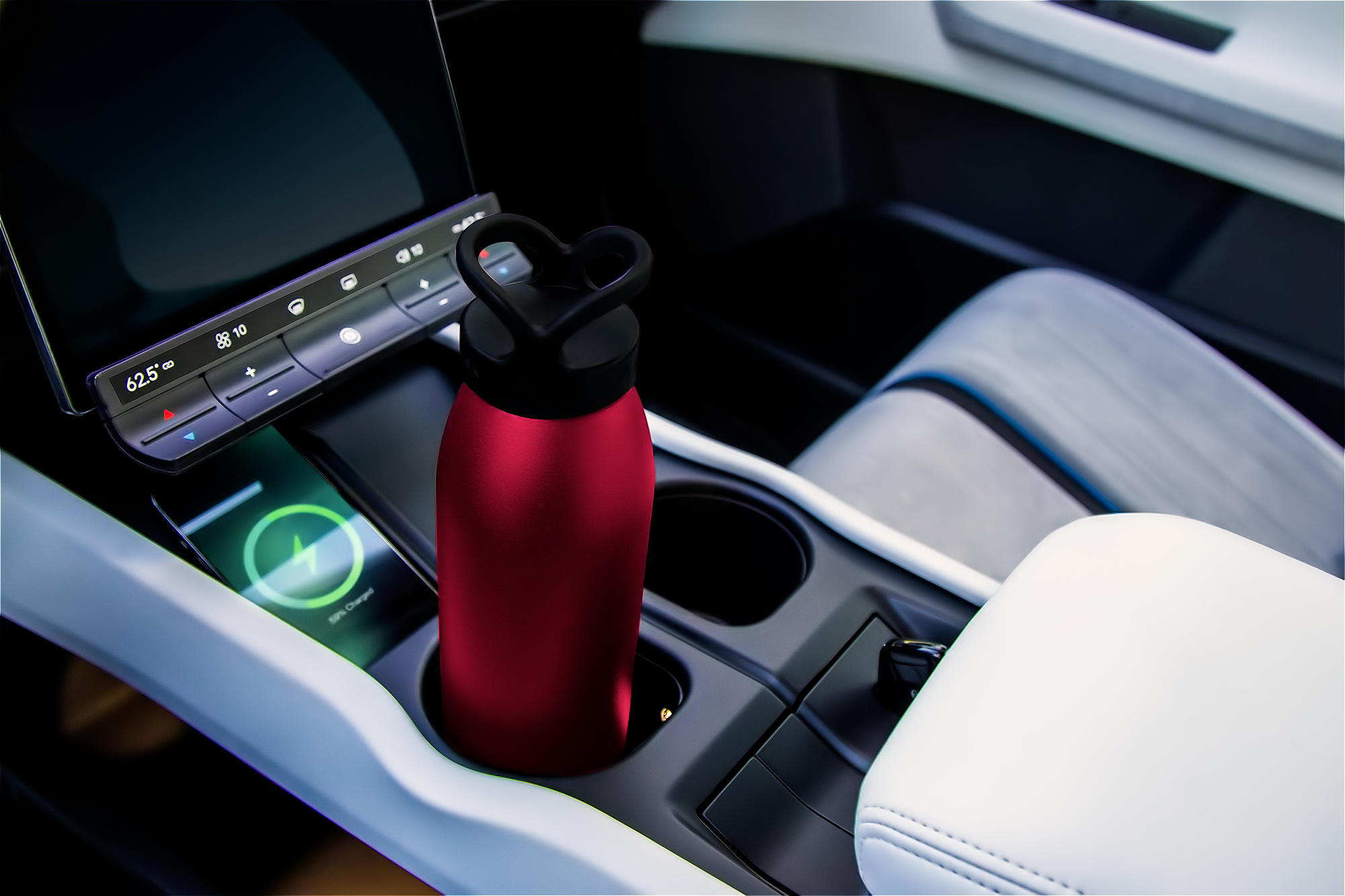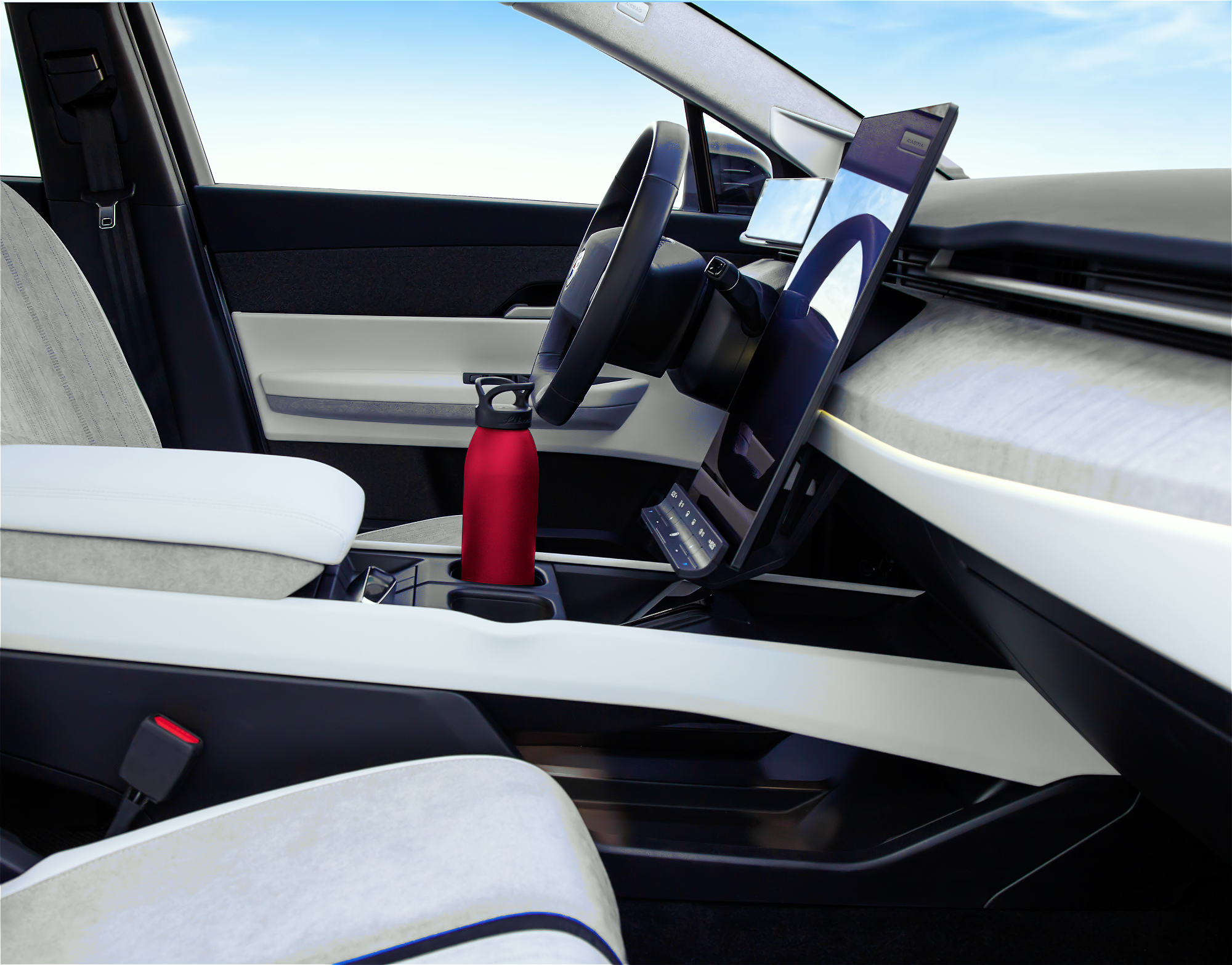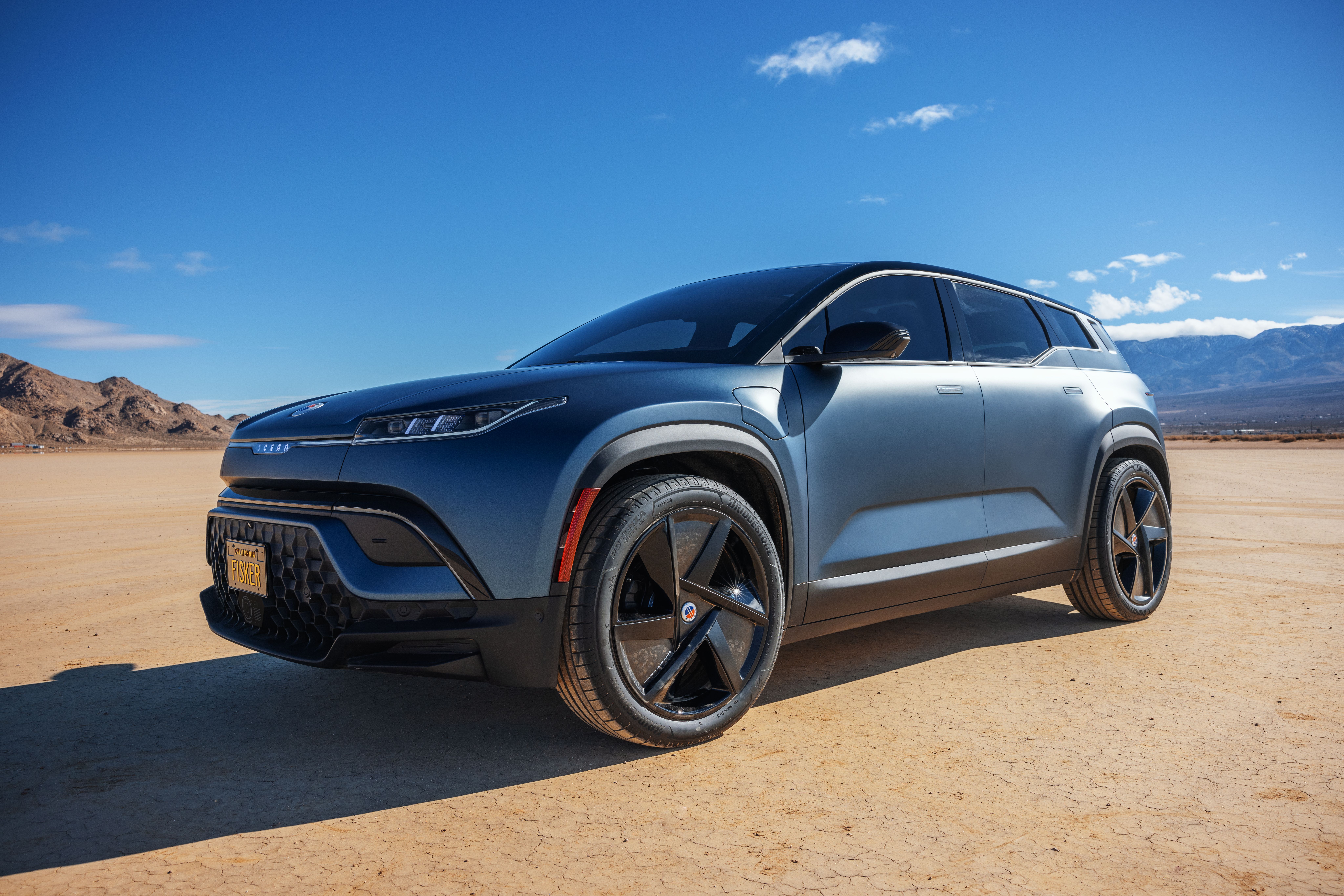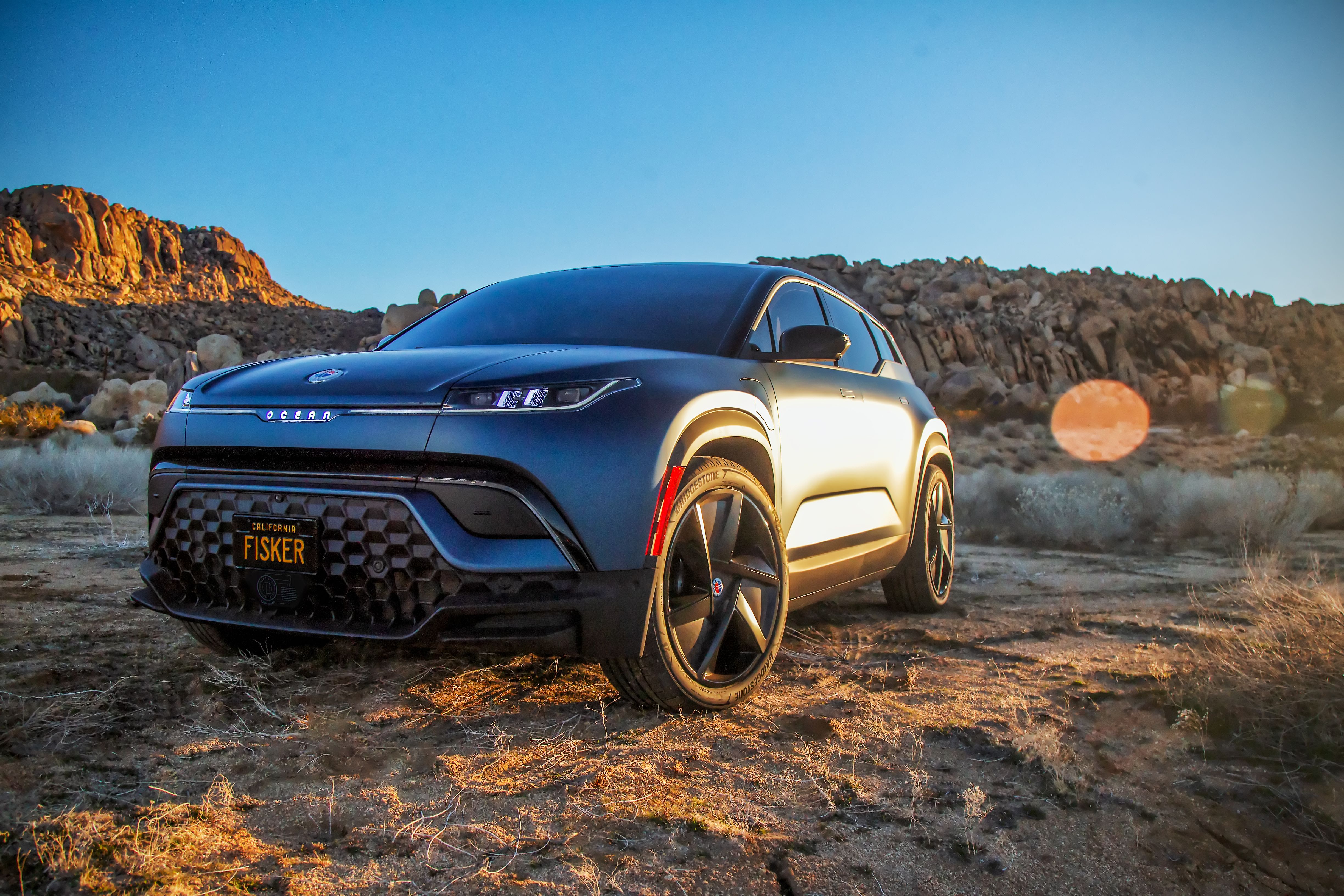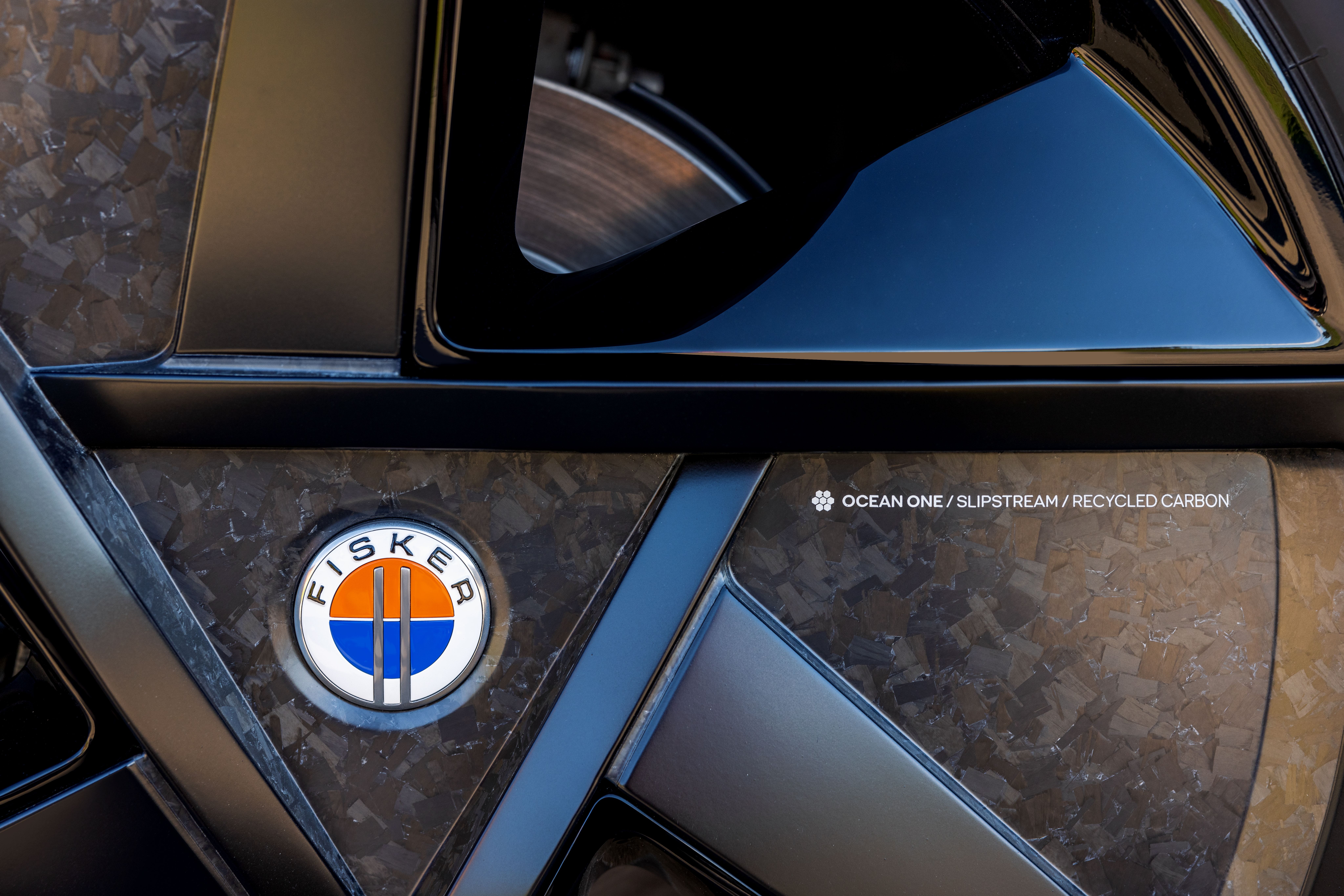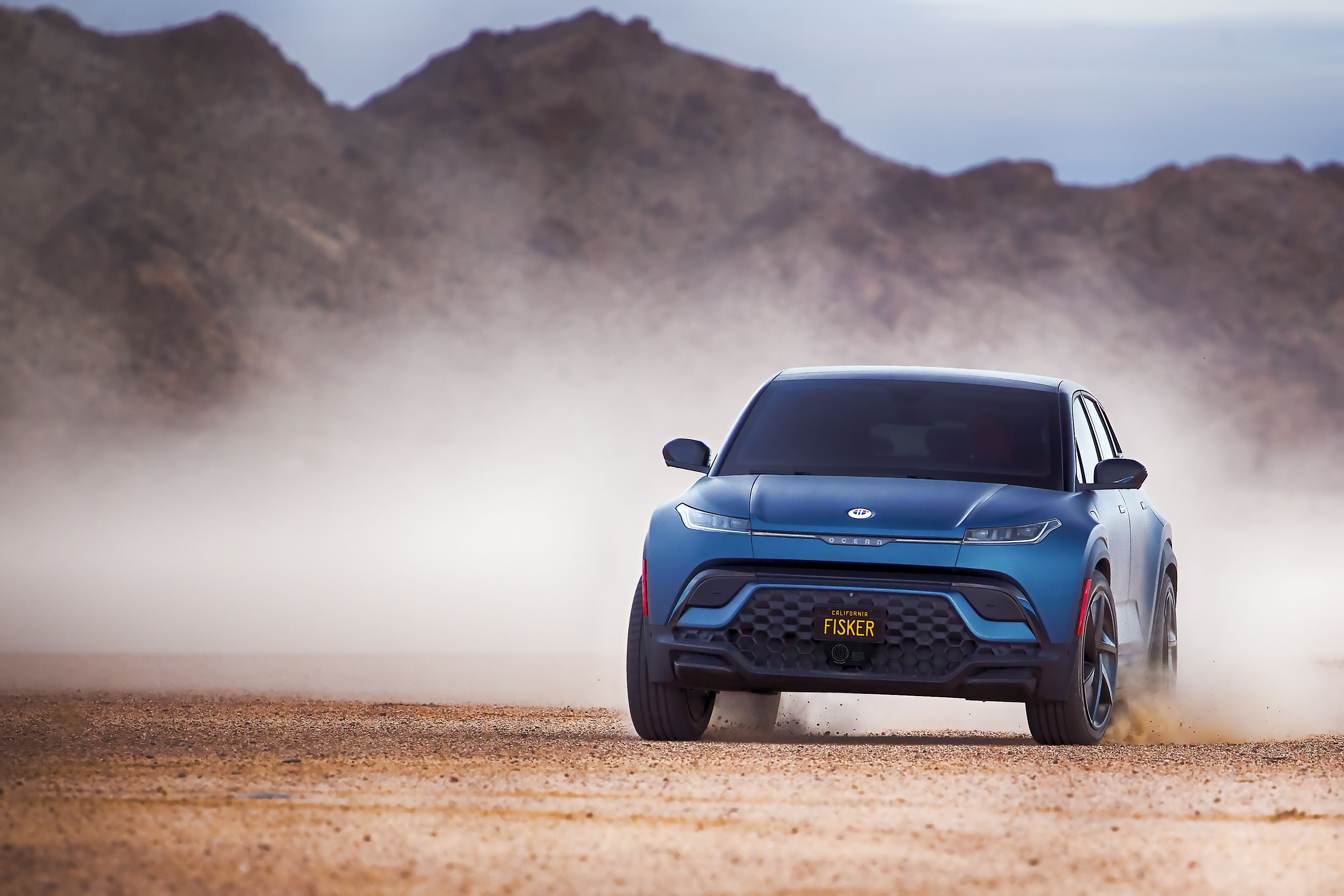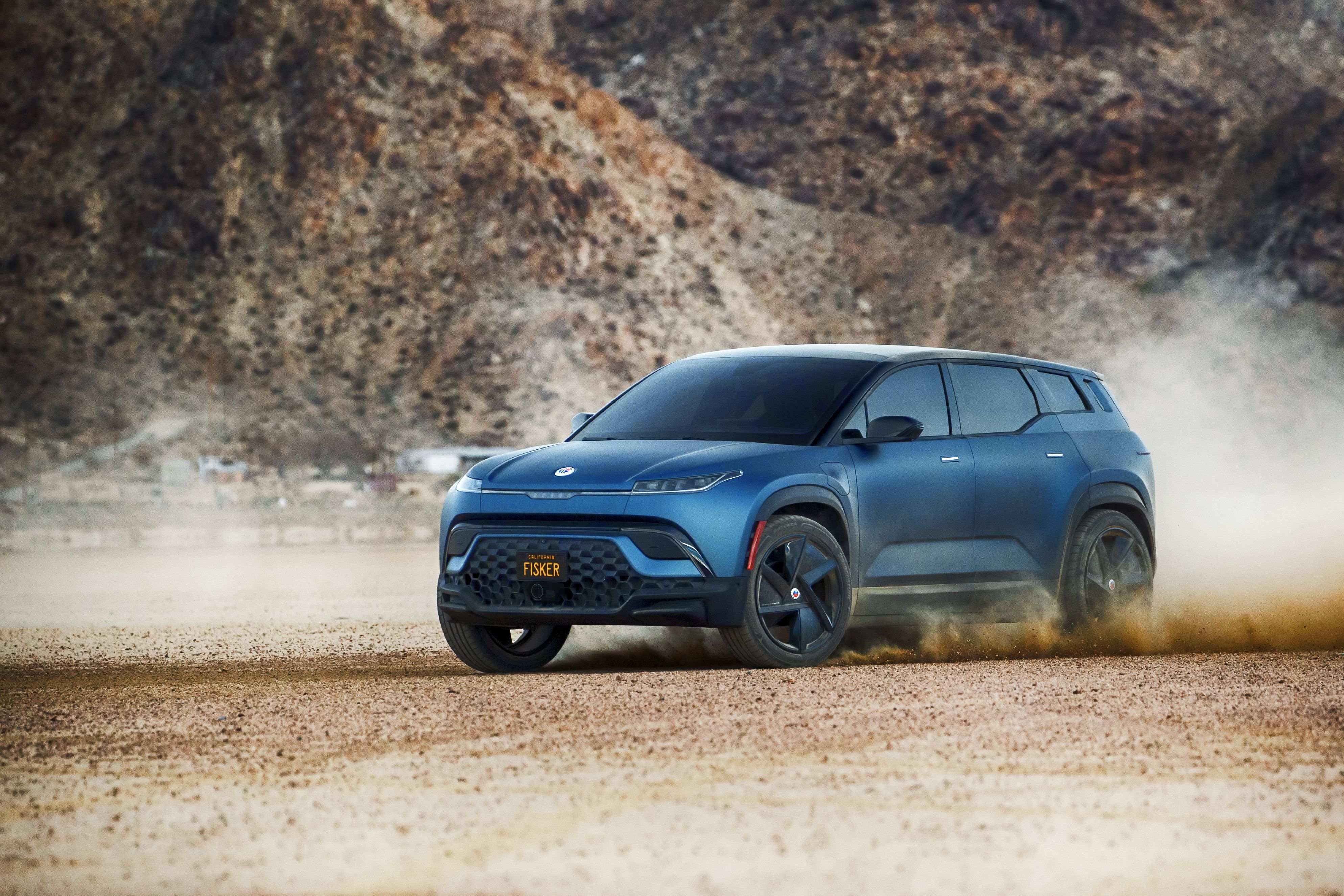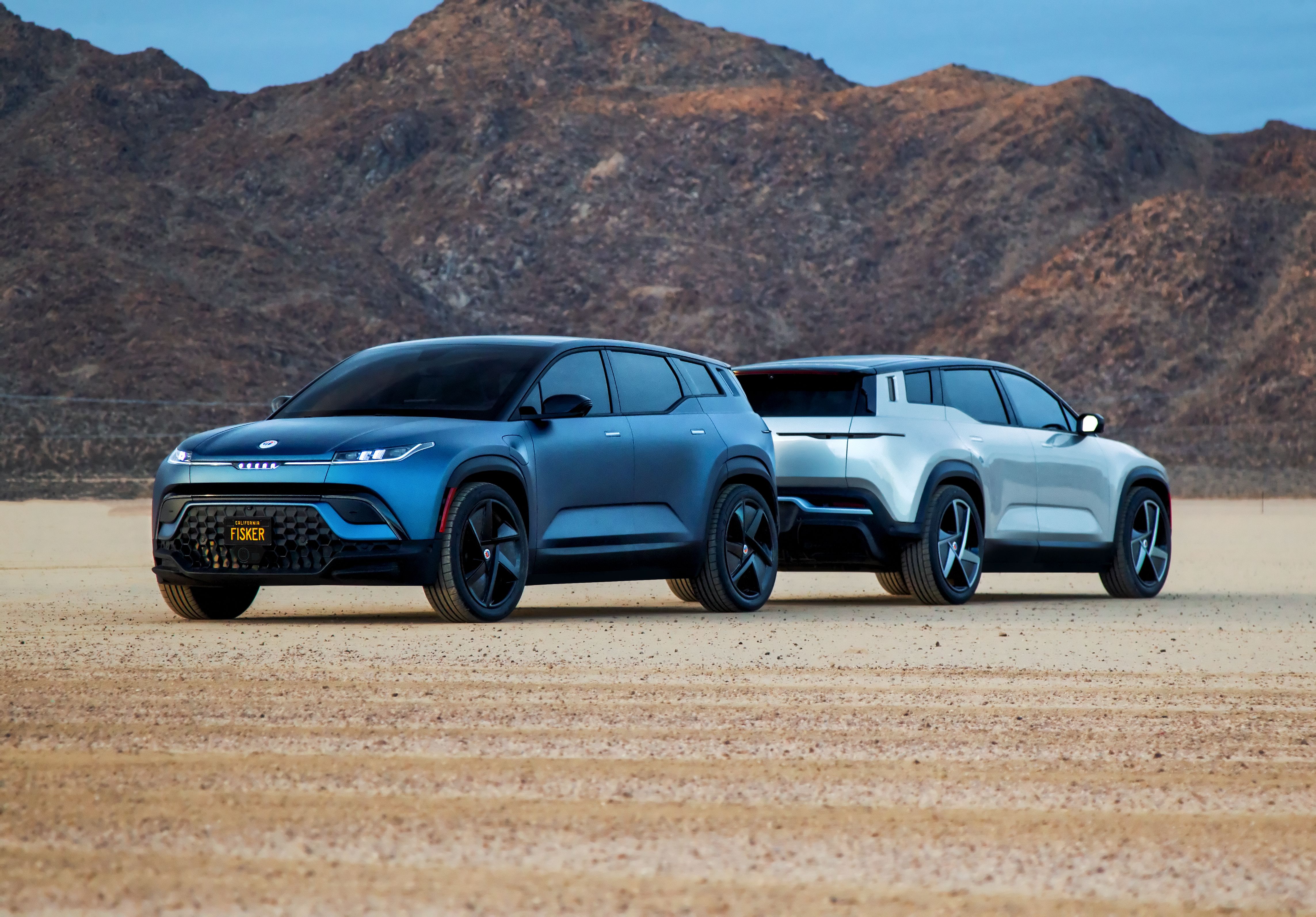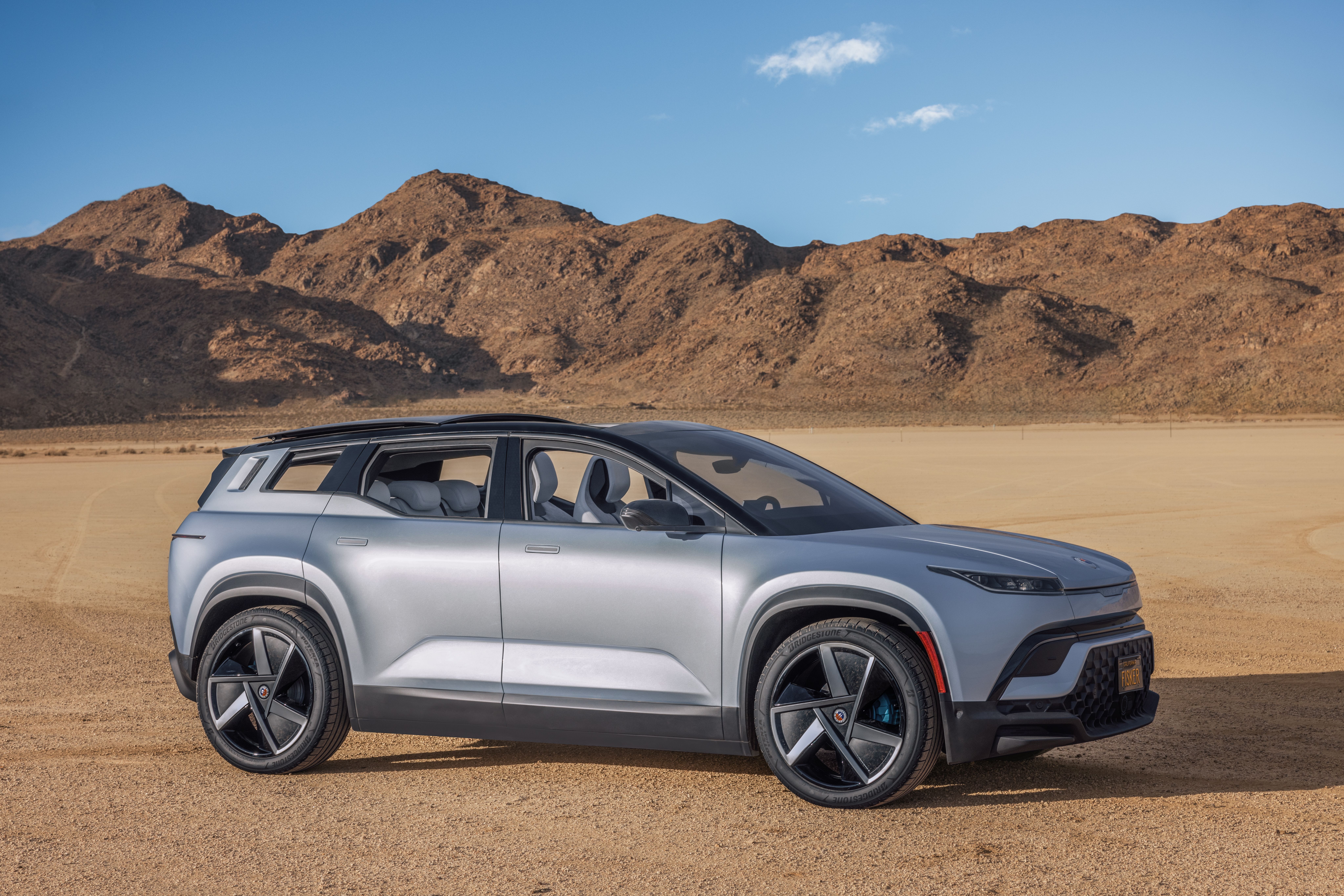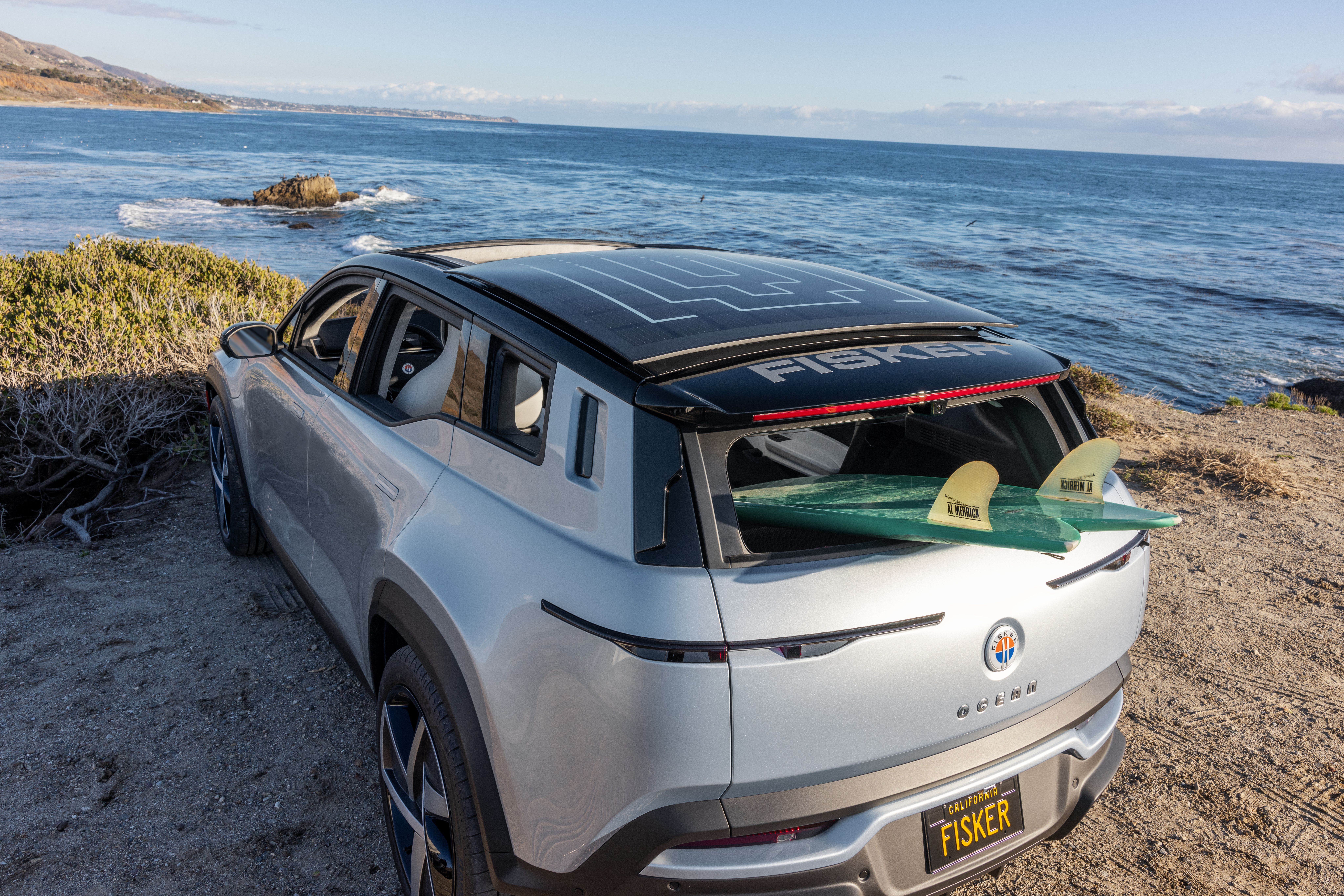Back in March 2019, Henrik Fisker, the CEO of Fisker Inc., announced that the company is planning to build an affordable electric four-wheel-drive SUV with a range of 300 miles. But no one really took him seriously given his propensity to overcommit and under-deliver.
Make no mistake; Fisker has produced some of the most beautiful-looking vehicles to date, but the company never really hit it off. This time, however, Fisker has lived up to its word and revealed its first electric SUV at the 2020 Consumer Electronics Show. Called the Fisker Ocean, the SUV looks to be a wholesome package and has enough to take on some of the fiercest competitors in the market. But will the Ocean see the light of the day?
2022 Fisker Ocean
- Make: Array
- Model: 2022 Fisker Ocean
- [do not use] Vehicle Model: Array
<
What is the Fisker Ocean?
The Fisker Ocean is an all-electric SUV revealed by Fisker Inc. at the 2020 Consumer Electronics Show. The company announced the SUV back in March 2019, and for a change, it actually revealed it and promised it will enter production in 2021. Henrik Fisker’s announcement tweet read like this:
"Fisker All Electric SUV coming in 2nd half of 2021. Less than $40,000. Standard battery +80kWh. 4WD. Around 300 mile range. Direct Sales. Franchised Service. #Fisker #EVs #ElectricVehicles #SUV'"
The SUV doesn’t boast a big footprint and looks to be a good urban commuter. The interior is made from 100-percent vegan material and Fisker claims it to be the 'world’s most sustainable vehicle.' Other than these selling points, the Ocean will also come with a solar roof and something known as a California Mode. There are a lot of other features and design elements that make it stand out from the crowd and even more important, at this price point, I think it’s a fantastic effort from Fisker and the team.
What Kind of Range and Performance Does the Fisker Ocean Have?
The company is targeting a minimum range of 250 miles with this. It’s not a deal-breaker, really, but it doesn’t stand out either. It comes with a solar roof, but that is expected to add about 1000 miles of range annually. That’s approximately 83 miles a month, which is less than three miles every day. There are a few other upcoming vehicles that will come with solar charging as well. Of course, it varies depending on the size of the batteries, but the Ocean’s sun-induced range happens to be the least right now:
-* Tesla Cybertruck – 15 miles per day with panels. 30-40 miles with panels and fold-out solar wings per day.
-* Sono Sion – 18 miles per day.
-* Lightyear One – 7 miles per “hour”.
Even though the Model Y will be Ocean’s primary rival, customers could cross-shop and pick the Model 3 which also happens to be in the same price bracket. In fact, a recent hike revealed that the Model 3 could come with a 100-kWh battery pack soon. Who’s to say that couldn’t happen for the Model Y as well? Fisker would better come up with a bigger battery pack at the time of the launch to compete with the Teslas.
Fisker has not announced any technical specs yet, but the Ocean SUV is offered with multiple powertrains to choose from. The base trim is expected to feature a single motor and there will be a dual-motor trim as well. Apart from this, the Fisker Ocean in Performance mode will sprint to 60 mph from a standstill in 2.9 seconds. This is on par with the Model 3 Performance trim, so that’s good news.
How Much is the Fisker Ocean?
The Fisker Ocean is offered with a starting price of $37,499. This price is only for a 'limited number of vehicles,' though. So, expect the prices to shoot up once Fisker has surpassed this number. Being an EV, it is entitled to a $7,500 federal tax credit as well. That effectively prices the Ocean at $29,999. I believe this is absolutely fantastic pricing for what you get. The SUV can be booked by placing a partially-refundable deposit of $250. In case you cancel your booking, Fisker will deduct $25 in processing fees.
Fisker is also offering the Ocean with leases starting at $379 per month which includes car servicing, pickup-drop, and basically everything else. All you have to do is drive the vehicle and Fisker will take care of the maintenance. This, of course, requires you to put down a $3,000 down payment. The Ocean can be returned after one month, eight months, 22 months, or several years. There are no long-term contracts, which seems to be an industry first. The lease contract includes 30,000 miles per year as well.
Fisker Ocean Appearance and Design
Thanks to its short and stout stance, it has an uncanny resemblance to the Range Rover Evoque. It wears a lot of cuts and creases, but it doesn’t look overboard because of the overall rounded shape. Up front, the Fisker Ocean comes with slim LED headlights and a closed grille. The LED Daytime Running Light strip looks menacing and extends all the way to the grille. There are two curved LED strips on the bumper as well that double up as turn indicators. The Fisker logo is on the hood and sits inside a cut out instead of being pasted on the body itself. The bumper comes with a huge air dam that features a honeycomb-like design. Is it just me or does this part of the face look similar to the 2020 Ram 1500’s grille?
Anyway, if you observe closely, the elements in the top half of the air dam are covered completely, whereas the lower half has a mesh to it to let in a little bit of airflow to cool the batteries. This means that the batteries are placed underneath the floor. The Fisker Ocean also comes with two radars for autonomous purposes – one below the license plate for middle range and one on the so-called grille for short distance. One other interesting thing about the Fisker Ocean is the fixed hood. Yep, you read it right. The Ocean’s hood cannot be opened at all. The company says that all the electronic aids and similar stuff has been moved in here to create more space inside the cabin. Even if you want to fill the washer fluid, you need to do it from a special cap provided under the windscreen. Sounds fancy, but that means there’s no frunk on this SUV. A big miss, no matter how Fisker justifies it.
It sits squat and the wheels don’t sit flush with the body. They are extended out to give a sharp stance. With the batteries under the floor, a low roof, and pushed-out wheels, expect the Fisker Ocean to handle brilliantly and stay stable at high speeds. It comes with square wheel arches clad in thick black plastic that runs on the side skirts as well. There is an inward indent at the bottom of the doors on an otherwise plain-Jane profile. The A-, B-, and C-pillars are blacked out along with the roof to give a floating roof effect.
The wing mirrors are placed on the doors. They are blacked out at the top and painted in the body color in the bottom half. This makes the mirrors look like part of the body itself. Fantastic attention to detail here. Also, the door handles are illuminated and touch-sensitive. When not in use, they slip back into the body. Another cool feature on the Fisker Ocean is the unique turn signal indicator on the D-pillar. It is vertically slat and sits in a nice housing that looks aesthetically pleasing. The wheels on the display vehicle were 22-inchers with a simple, yet attention-grabbing design.
It looks bloated and somewhat similar to the previous-gen Mini Cooper S Countryman; or an egg-shell. The slim LED taillights extend to the sides. The bumper features air ducts at the bottom that don’t just give it a sporty look, but also let air pass through to keep the batteries cool. The rear windshield is almost flat and comes with a spoiler above it and on the sides for aerodynamic purposes. This windshield can be rolled down to haul longer objects in the trunk.
Fisker Ocean Interior and Technology
Henrik claims to have used a lot of recycled material inside the cabin that was gathered from beaches and oceans. Hence, the name Ocean. This means the SUV features a 100-percent vegan cabin with a lot of different elements:
-* For the carpets, Fisker has made use of regenerated nylon made from abandoned fishing net waste.
-* 100-percent Polycarbonate Polyurethane surfaces with 100-percent reinforced Rayon backing.
-* Eco-suede material for many surfaces on the dash, door panels, and elsewhere in the cabin. This is derived from polyester fibers and recycled bottles.
-* Rubber waste generated during tire manufacturing used on the inside of the tailgate amongst other places.
In the reveal video, you can see Henrik get into the cabin with utmost ease and seems to have sufficient headroom, legroom, and shoulder room. The headrests have light coming out of them. Although all the electronic aids are moved inside the hood to give more room inside the cabin, that’s not really visible from the pictures and videos. Behind the chunky three-spoke, flat-bottom steering wheel is a small screen that acts as the instrument cluster and displays only the basic information. Fisker will be offering a head-up display as well. Fisker has also offered a ‘Karaoke mode’ on the SUV that displays the lyrics of the song on the head-up display. Sounds cool, but is it a safe option?
Under the touchscreen on the center console, you can find a wireless charging spot and cup holders. The center console features a vertically-placed touchscreen that controls almost everything in the SUV. Although there is no detail about the features present here, there is an extension below the touchscreen that houses five buttons. These buttons look futuristic and provide haptic feedback. Fisker says the team did its research and placed five most-commonly used functions here so that you won’t have to fiddle around with the touchscreen every time. These are:
-* Fan speed
-* Temperature
-* The home button for the touchscreen
-* Search function
-* Volume control
Fisker Ocean Competition
Tesla Model Y
The Tesla Model Y has been spotted multiple times lately; even on a car carrier truck outside the company’s Palo Alto headquarters. The Model Y will come with a dual-motor setup, one on each axle and an all-wheel-drive option that will help the vehicle to sprint to 60 mph from a standstill in 3.5 seconds in its most powerful ‘Performance’ avatar. This is 0.6 seconds slower than the best Fisker has to offer. Tesla claims a 300-mile range on this SUV in the Long Range rear-wheel-drive trim. If charged at a Supercharger station, the Model Y can be recharged for 168 miles in 15 minutes. To counter Fisker’s autonomous tech, Tesla has Autopilot that’s being improved constantly, thanks to the two-billion-mile data it has with it. On the inside, it features a humongous 15-inch touchscreen that seems a lot bigger than the Ocean’s. The Model Y will start from $39,000. Unfortunately, you cannot get tax credits anymore since the company has completed the 200,000 sales cap until which the EVs were eligible for a credit.
Read our full review on the 2020 Tesla Model Y
Ford Mustang Mach-E
The Mach-E is one of the most anticipated EVs right now. The company has revealed all the specs and as is with any Ford, the Mach-E will be offered with various permutations and combinations as well. The starting of the Mach-E ($43,895) is positioned much higher than the Fisker Ocean’s, but it could interest the potential customers nevertheless. The base Select trim will offer 230 miles on the rear-wheel-drive setup and sprint to 60 mph from a standstill in five seconds. The best that Ford has to offer in terms of performance is in the GT trim. The 0-60 mph sprint happens in under four seconds, which is still the slowest when compared to the competition. Deliveries of two variants – First Edition and Premium – will begin this year, and the rest of them will be available from 2021. Ford is still eligible for the $7,500 tax credit, so the starting price comes down to about $36,400.
Read our full review on the 2021 Ford Mustang Mach-E
Final Thoughts
It comes with many unique selling points that are not exceptional, but will surely play a role in the decision-making. Up until now, Henrik Fisker has lived up to his promises, but we will not raise our hopes given how unstable Fisker has been in the past. The company will be launching the Ocean SUV in the States at first, but will soon spread out to Europe and China as well. It aims are producing over one million vehicles from 2022 to 2027 globally. The SUV is still a long time away. Fisker is targeting production to begin at the end of 2021 and deliveries will begin from 2022. The way the market dynamics are changing, nothing is predictable and the features Ocean is offering right now may not have the pizzazz anymore. Nevertheless, if all goes as per Fisker’s plan, the Ocean has the potential to steal a big piece of the pie and give stiff competition to Tesla.
Fisker's Background
But the concept-to-production model ratio does not induce enough faith in the brand. Such is the company’s reputation that no one really takes Fisker that seriously anymore. Fisker’s CEO, Henrik Fisker, is not a new name in the automotive industry. This designer-turned-automaker is responsible for cars like the BMW Z8 and Aston Martin DB9. His first company, Fisker Automotive, created the ill-fated Karma which was one of the first luxury PHEVs to be introduced to the world.
The Karma made its debut at the 2008 North American International Auto Show. The first deliveries were made in 2011, but come 2012, the company went into bankruptcy which resulted in the premature death of the Karma. A smaller version of the Karma, called the Atlantic, never made it to production. The company declared bankruptcy, and funds to the tune of $168 million became bad debts. However, a Chinese company later took over the manufacturing facility in Delaware and the rights to produce the plug-in hybrid engine and so it later launched the car under the Karma Revero nameplate. For some reason, Henrik Fisker now seems determined in his attempt to change his fortunes with the Ocean SUV.

